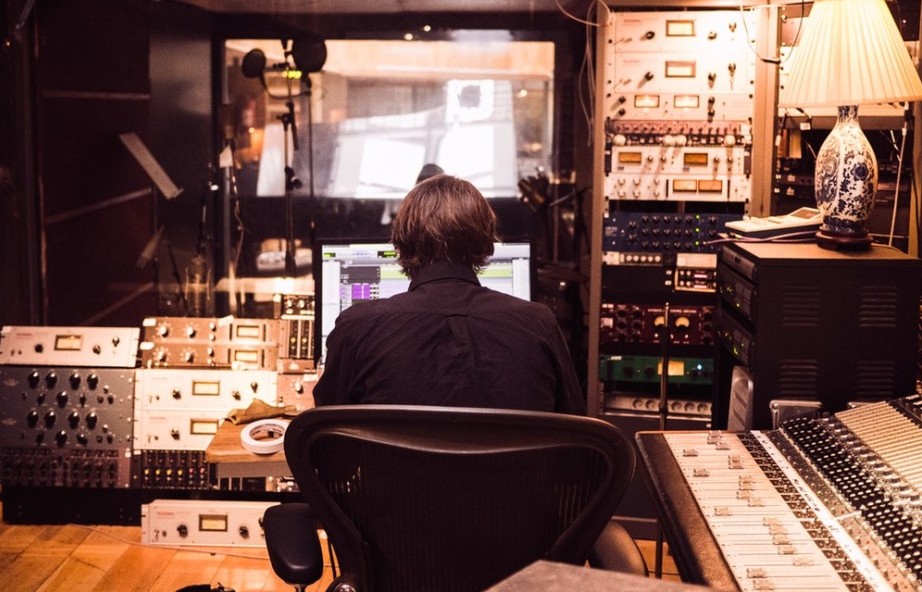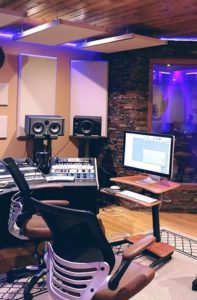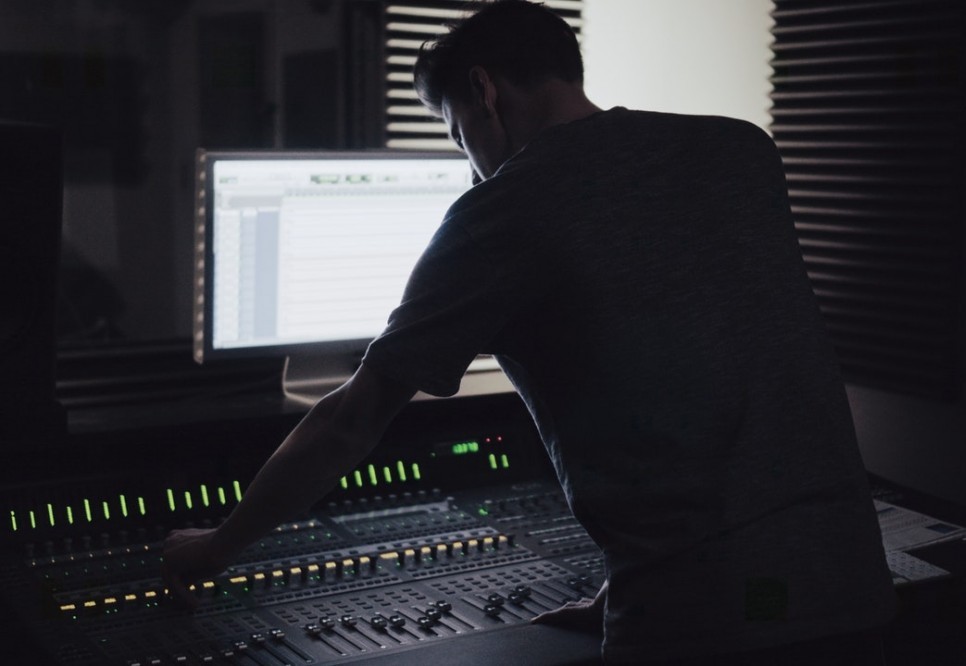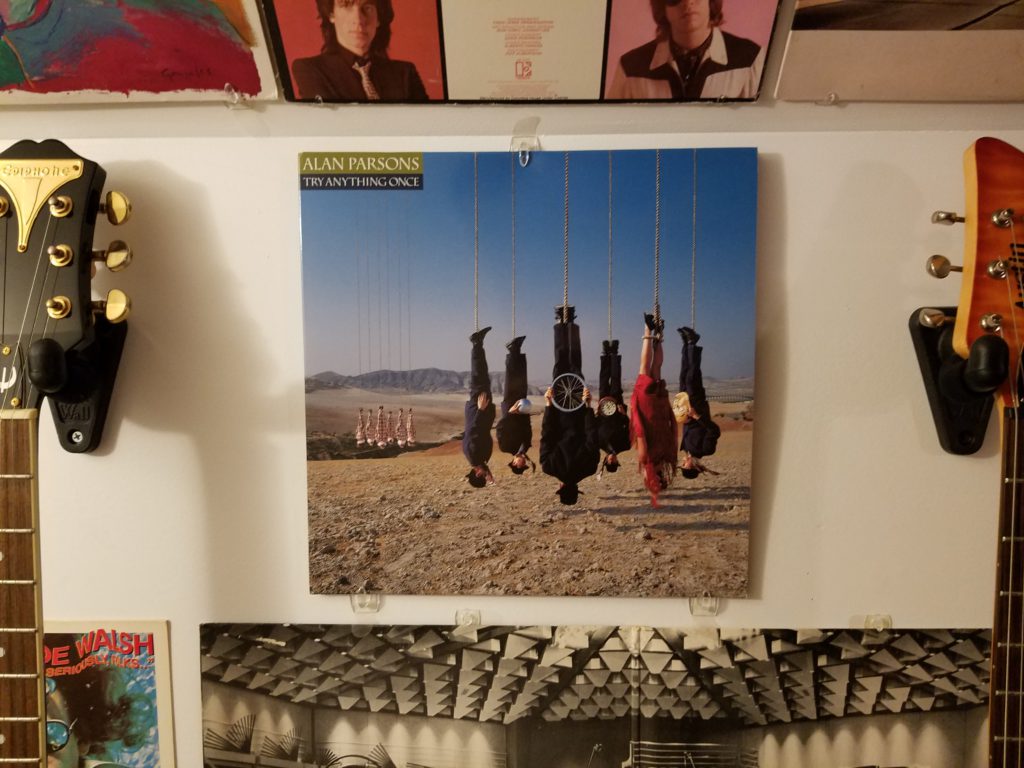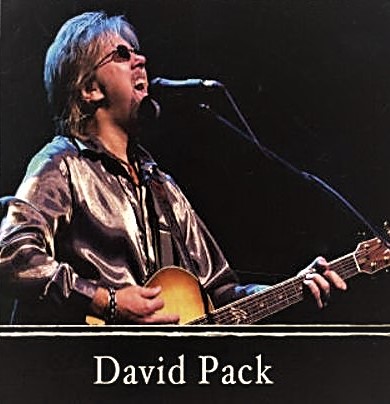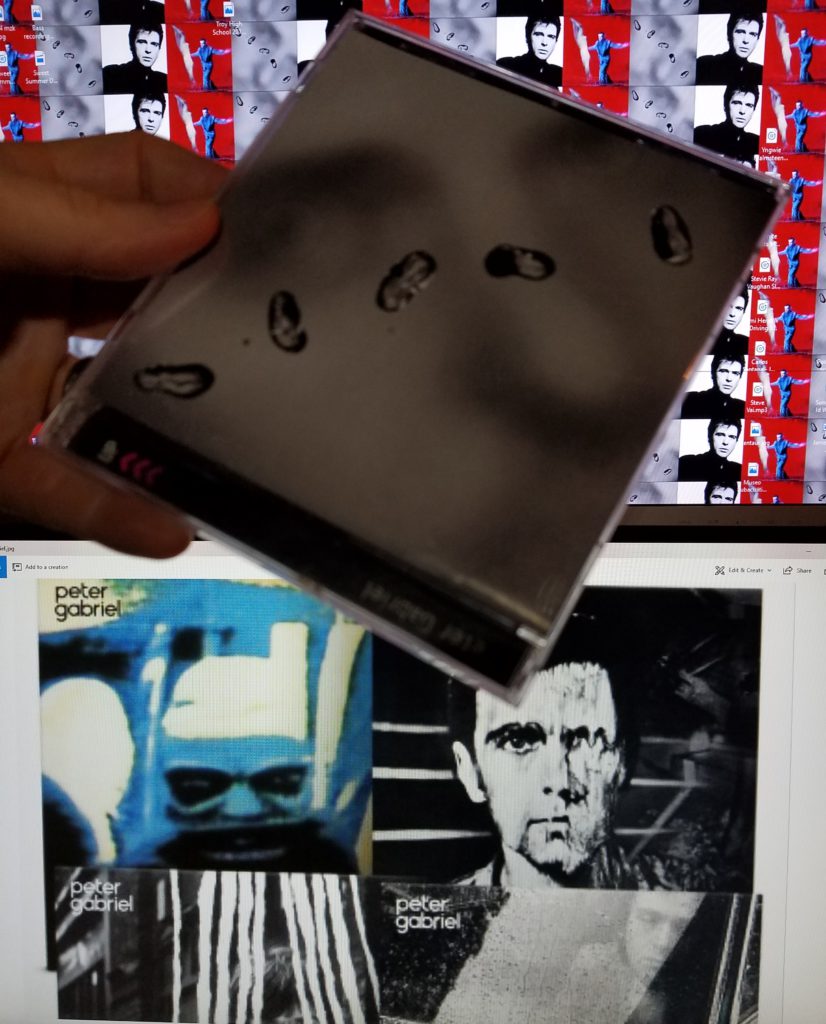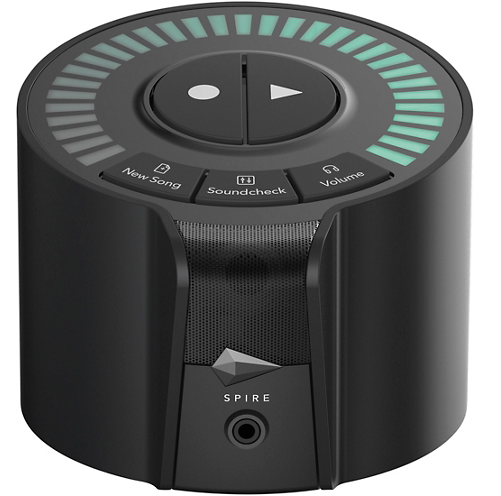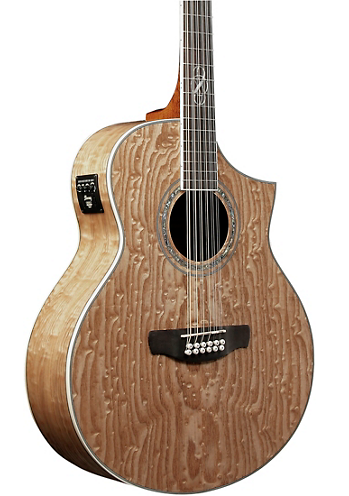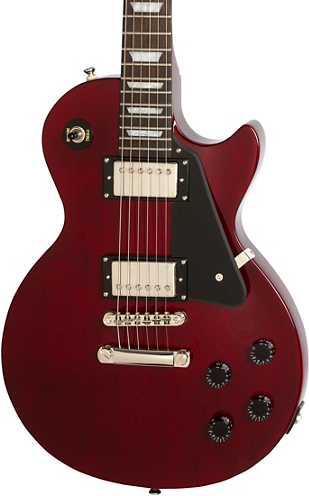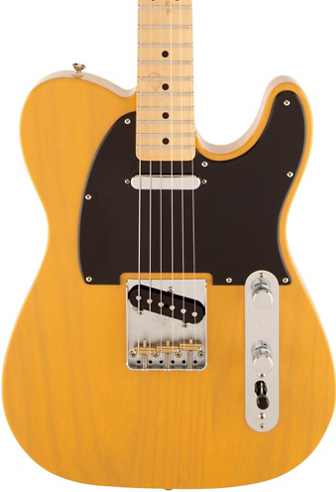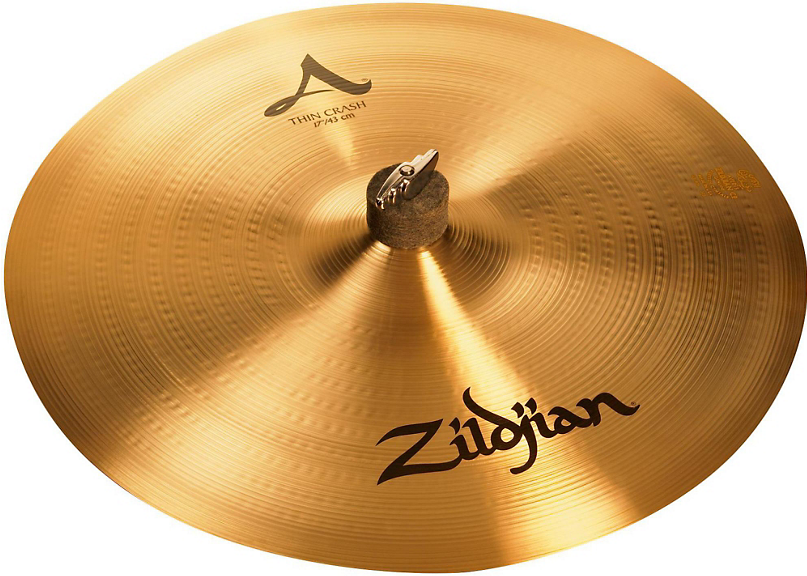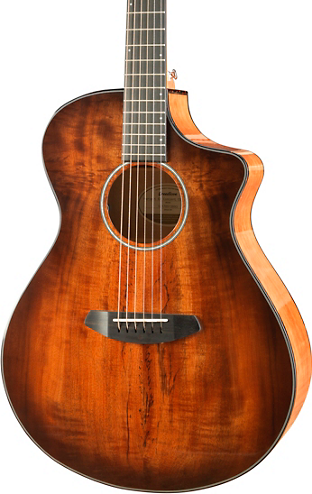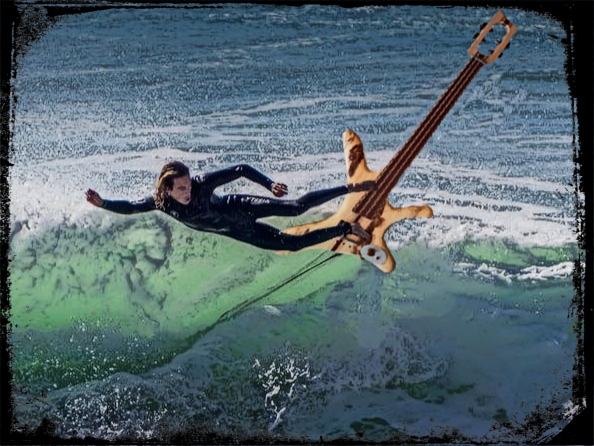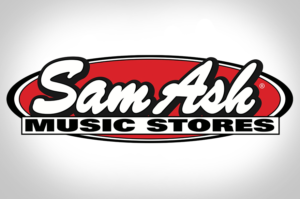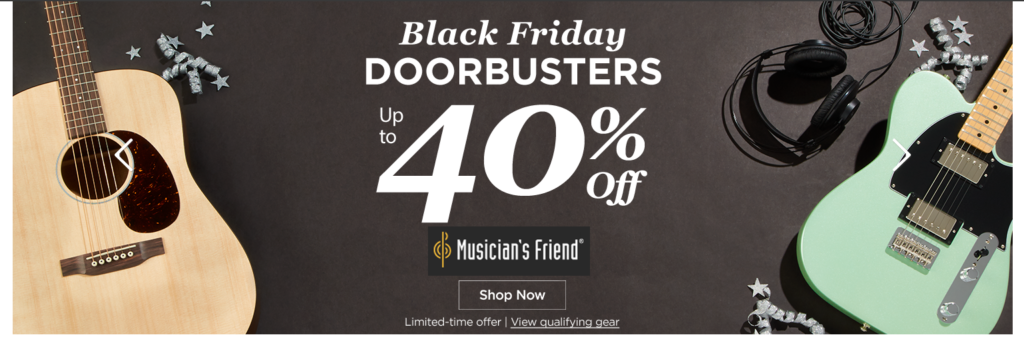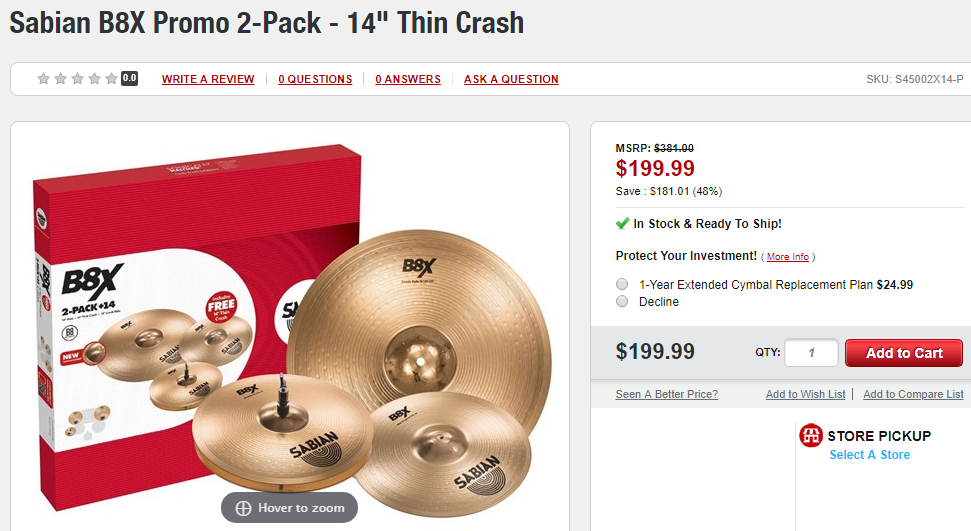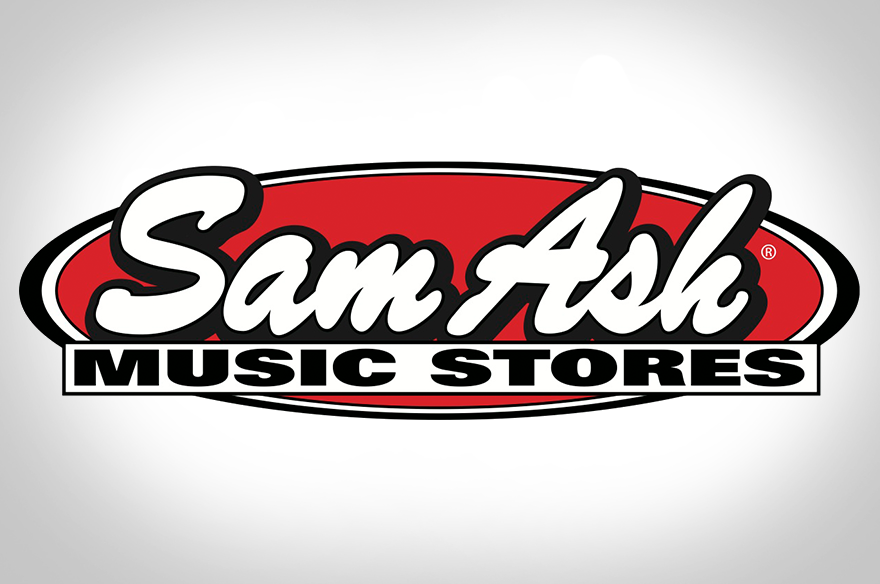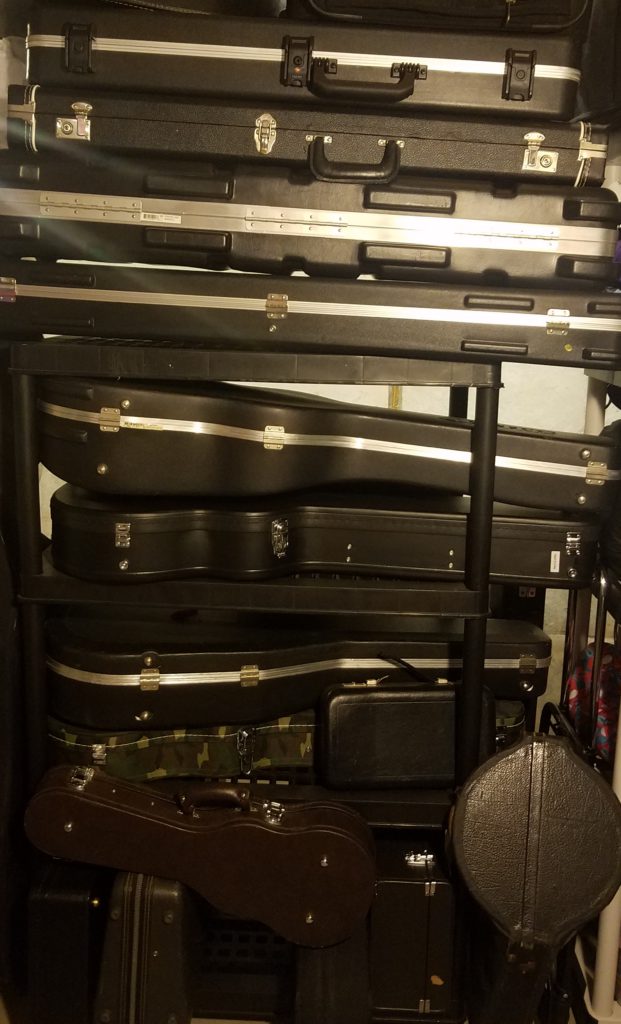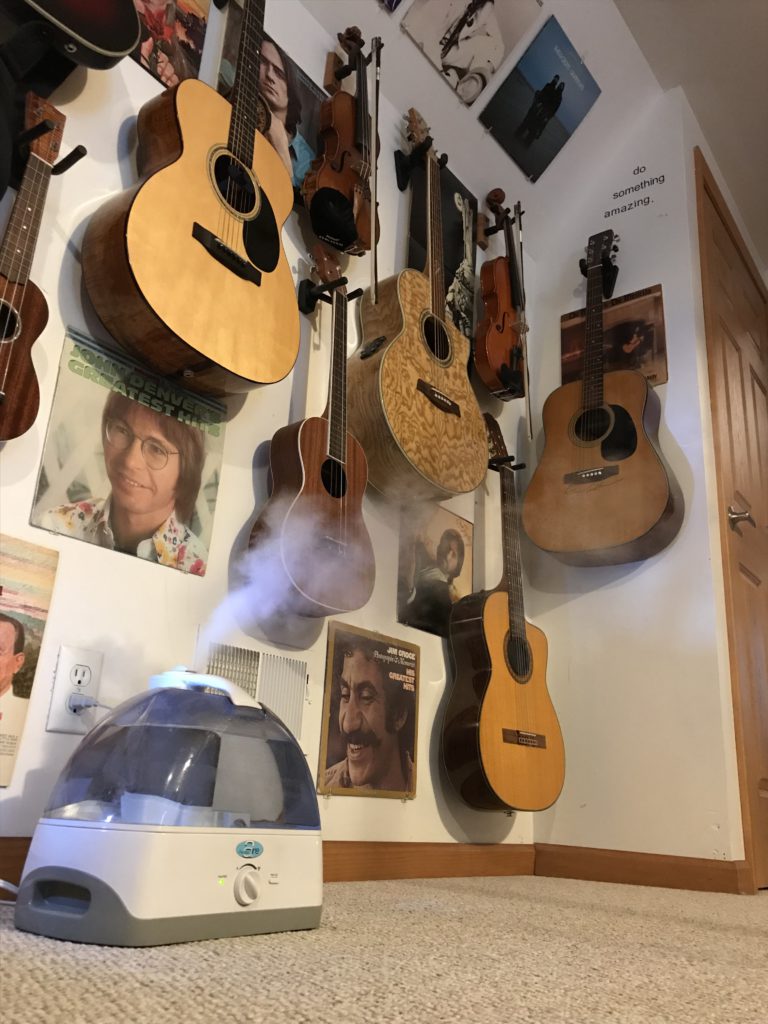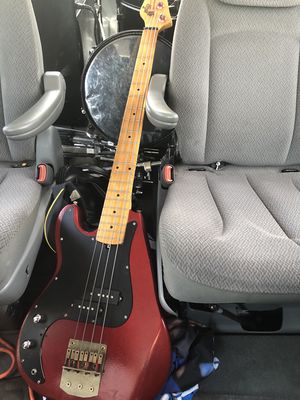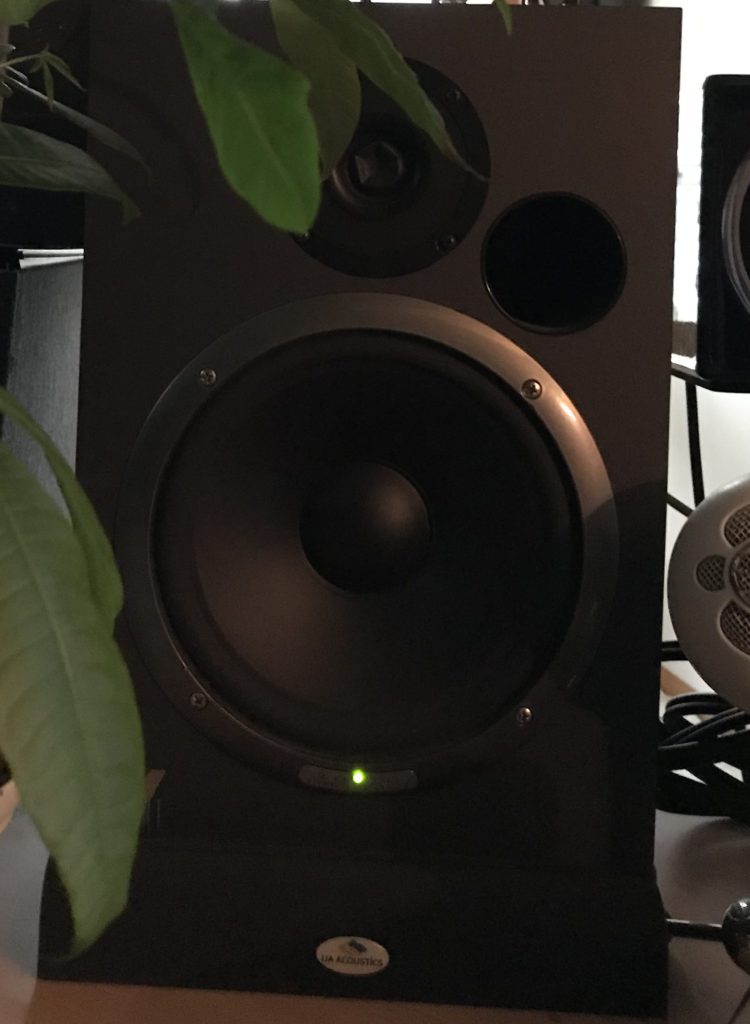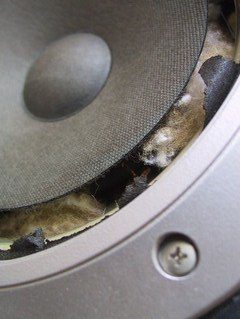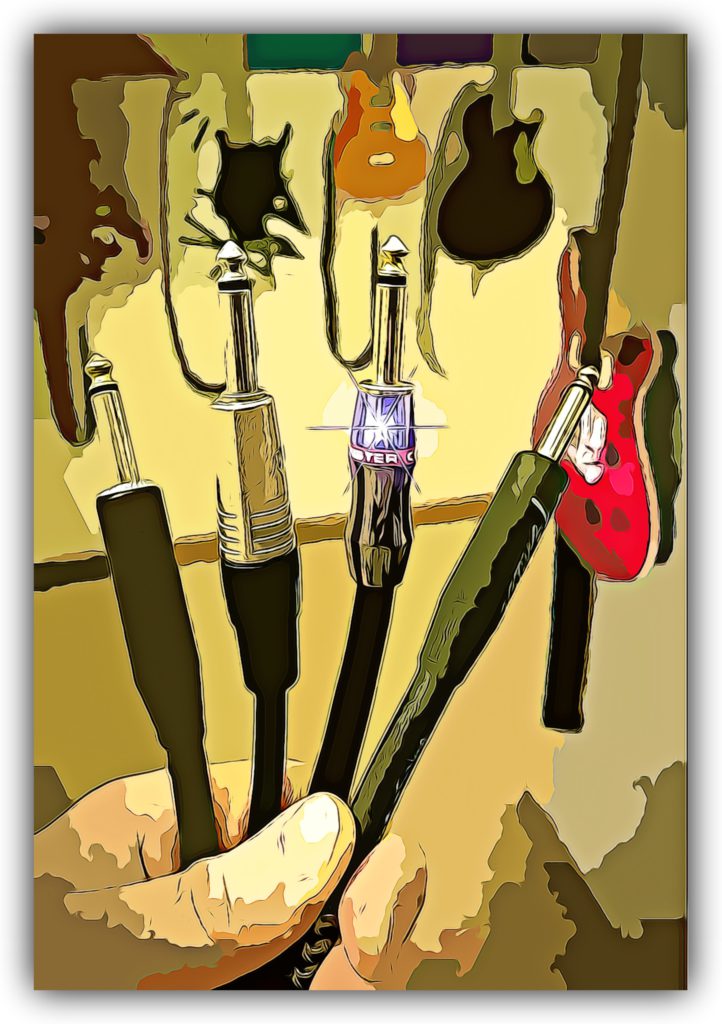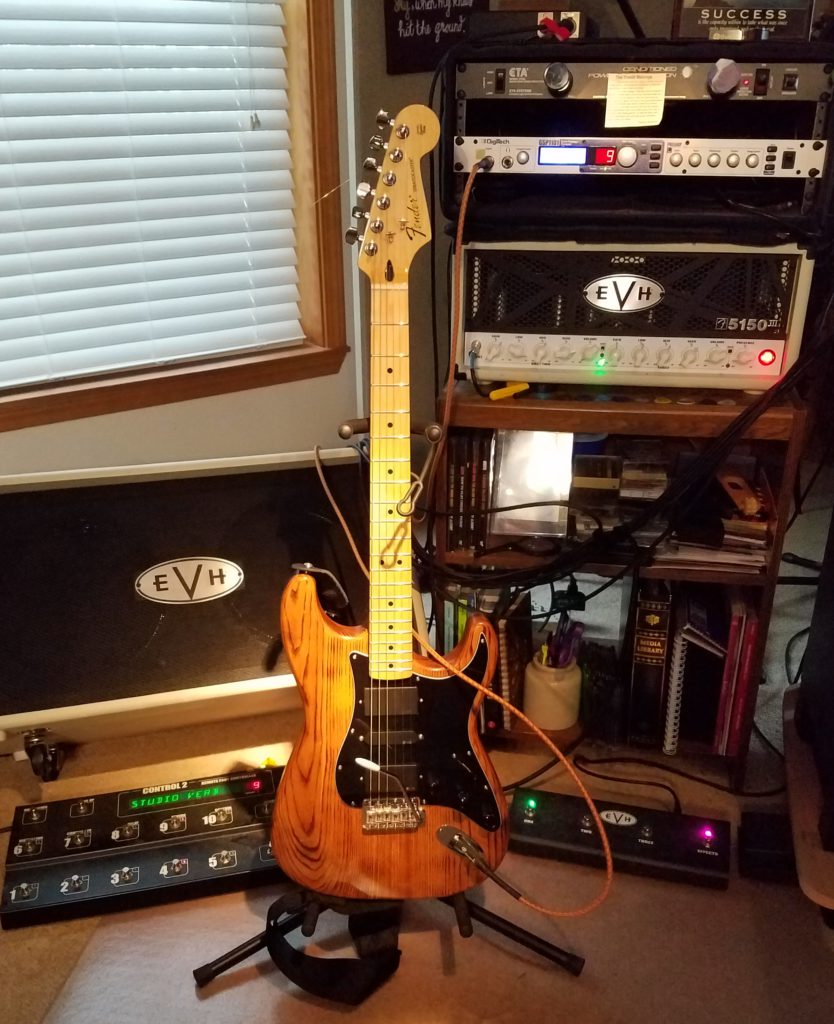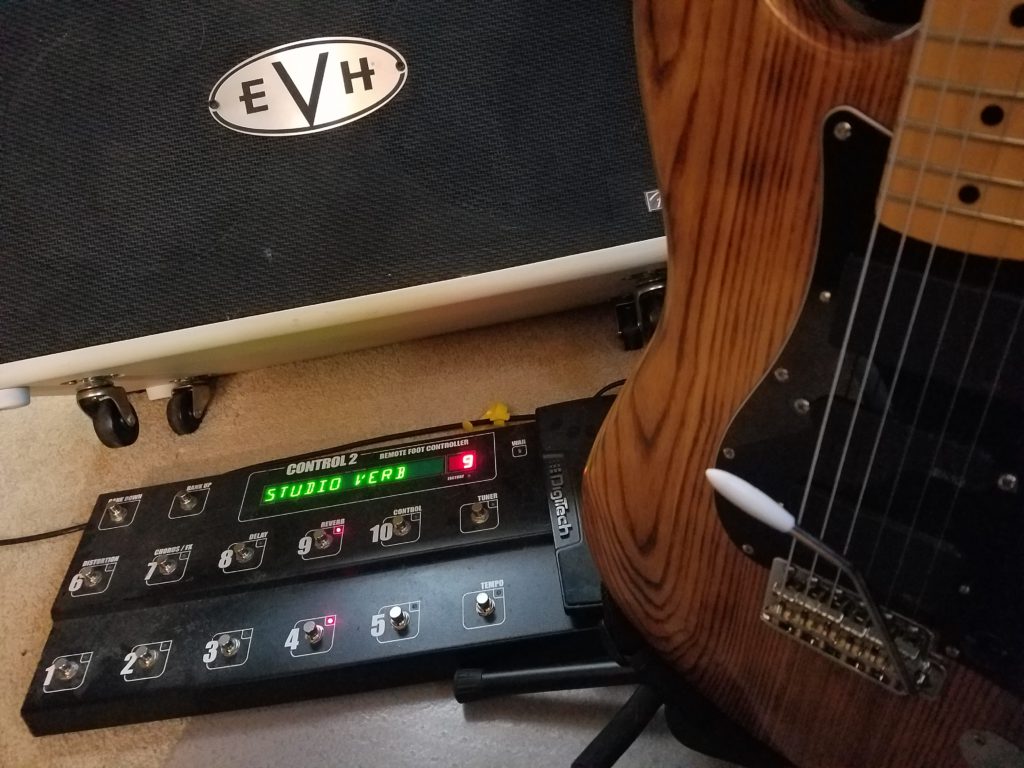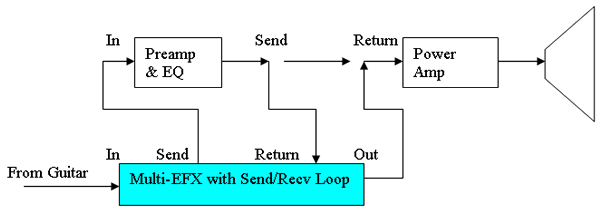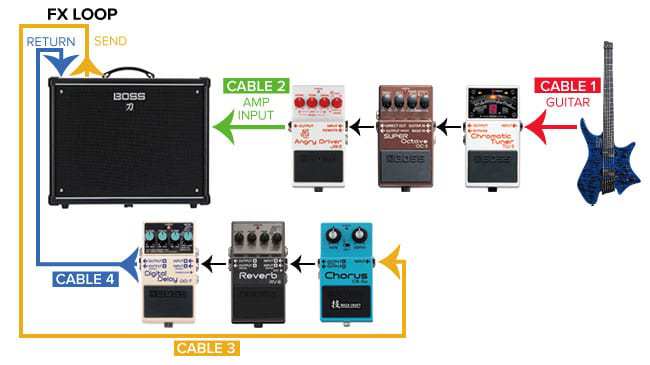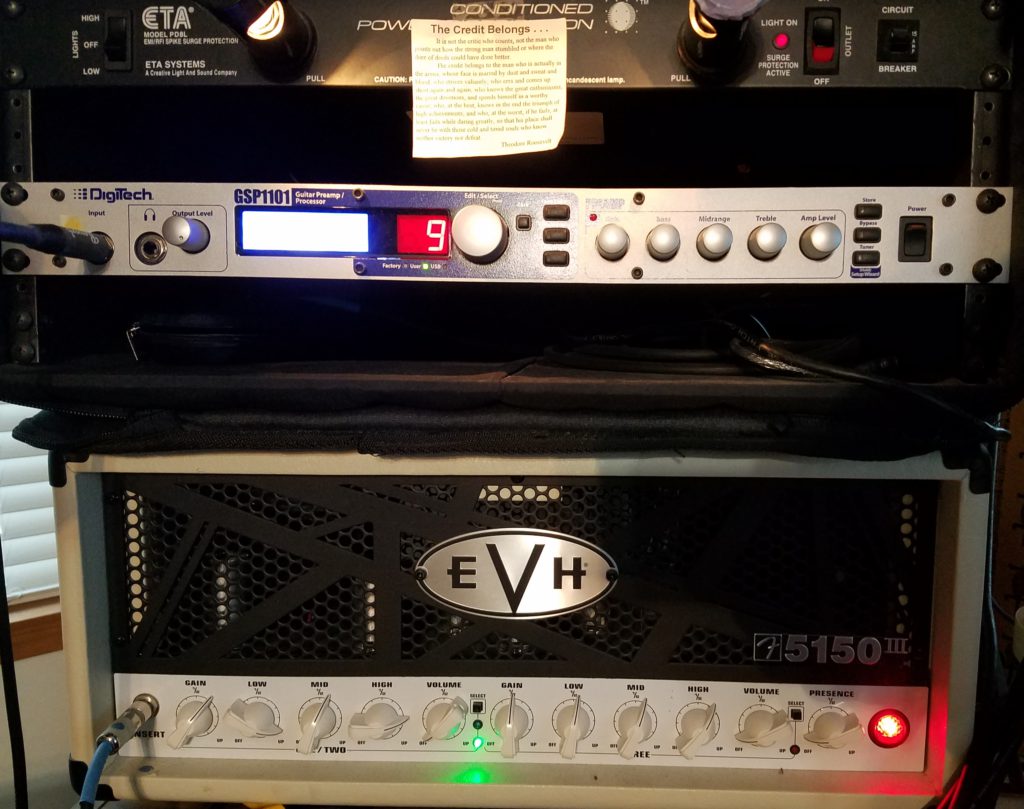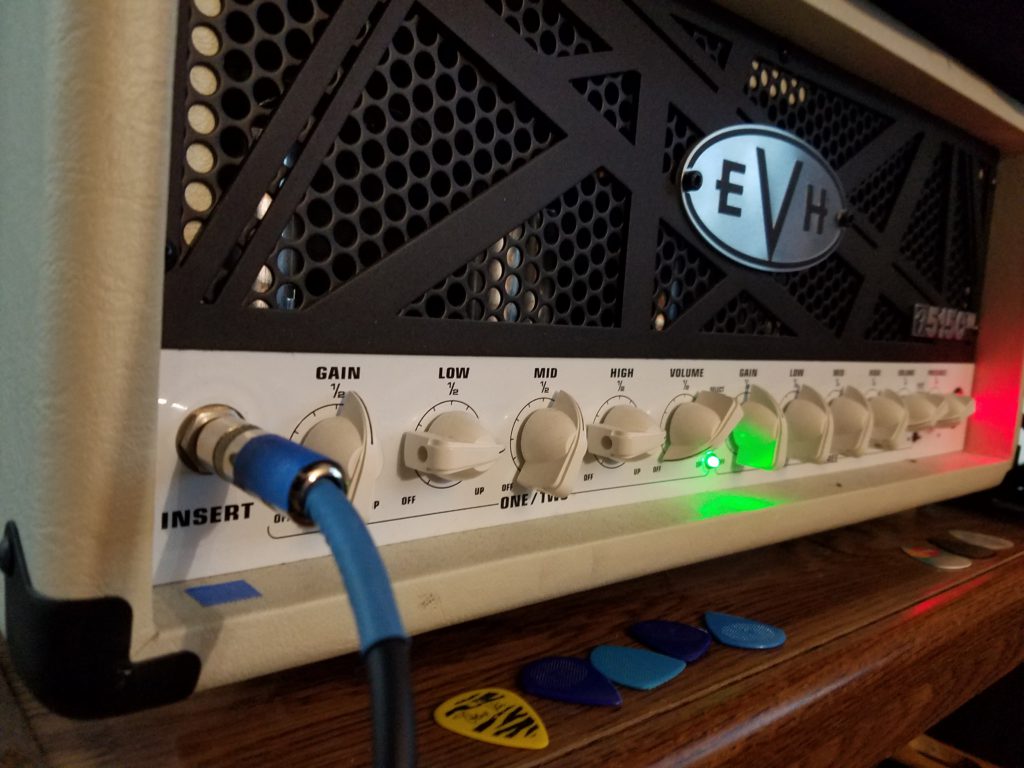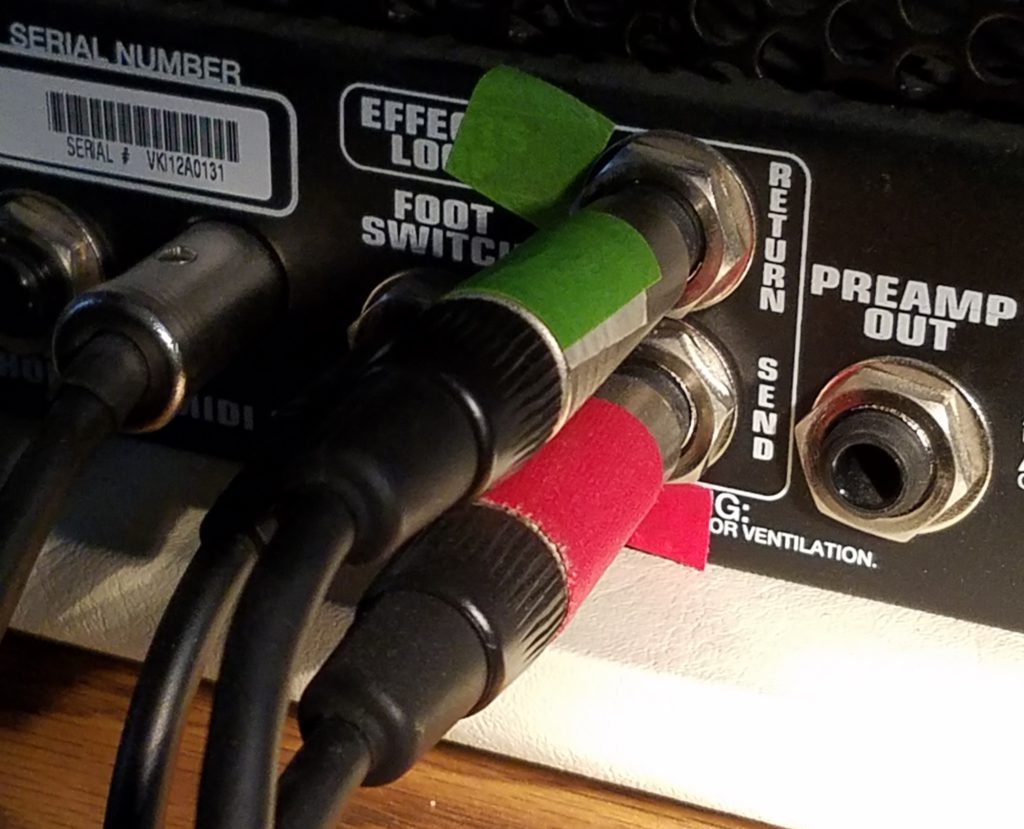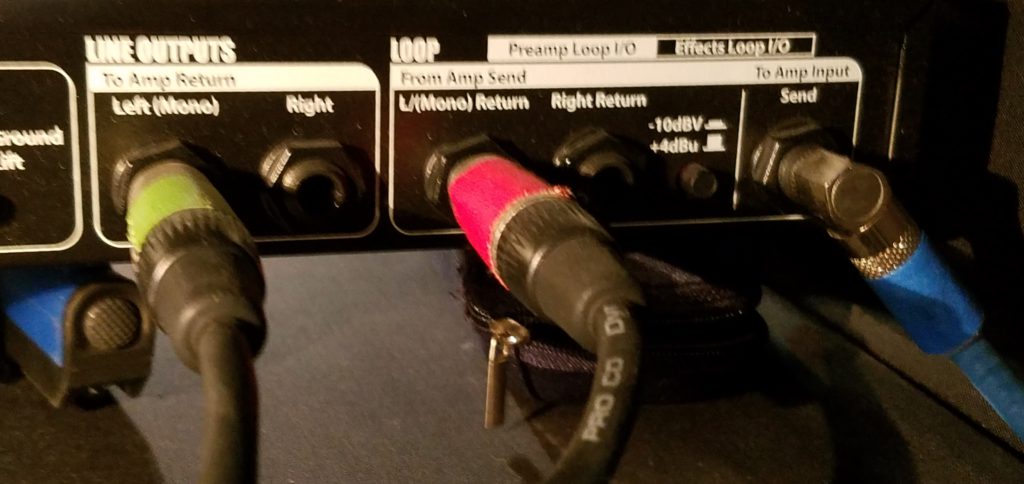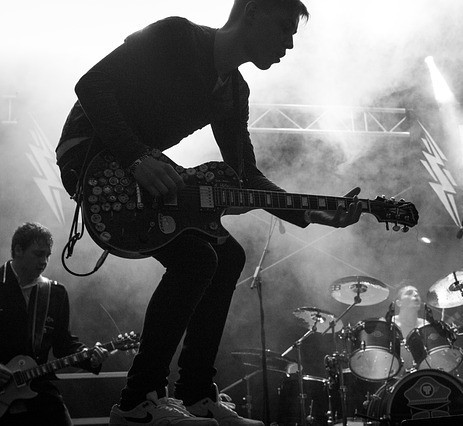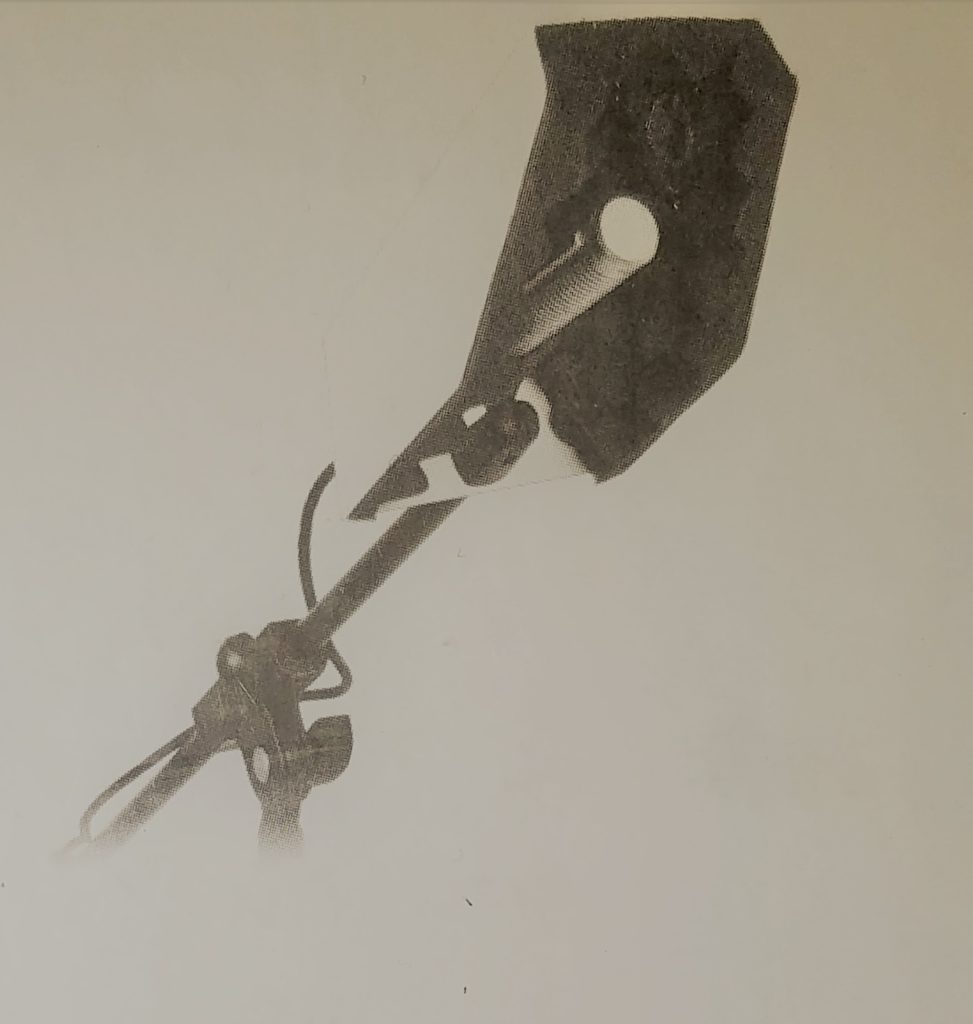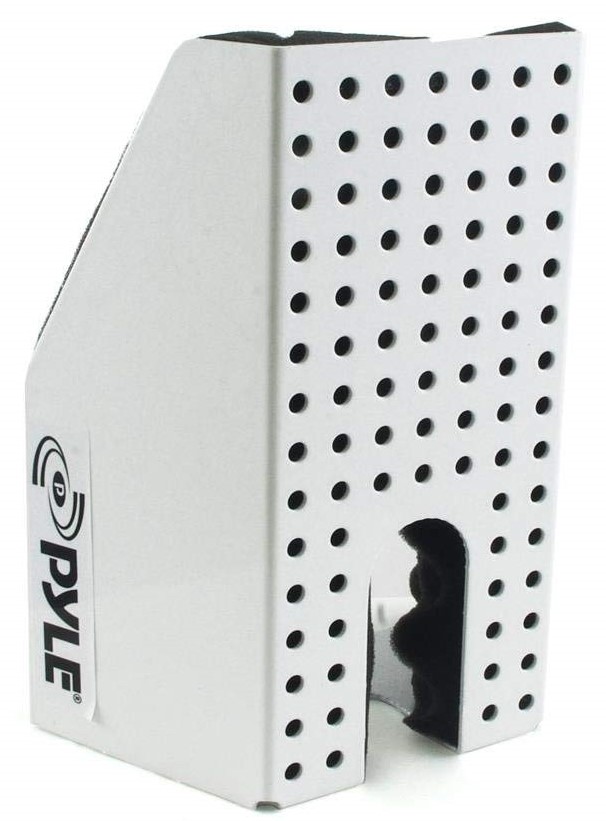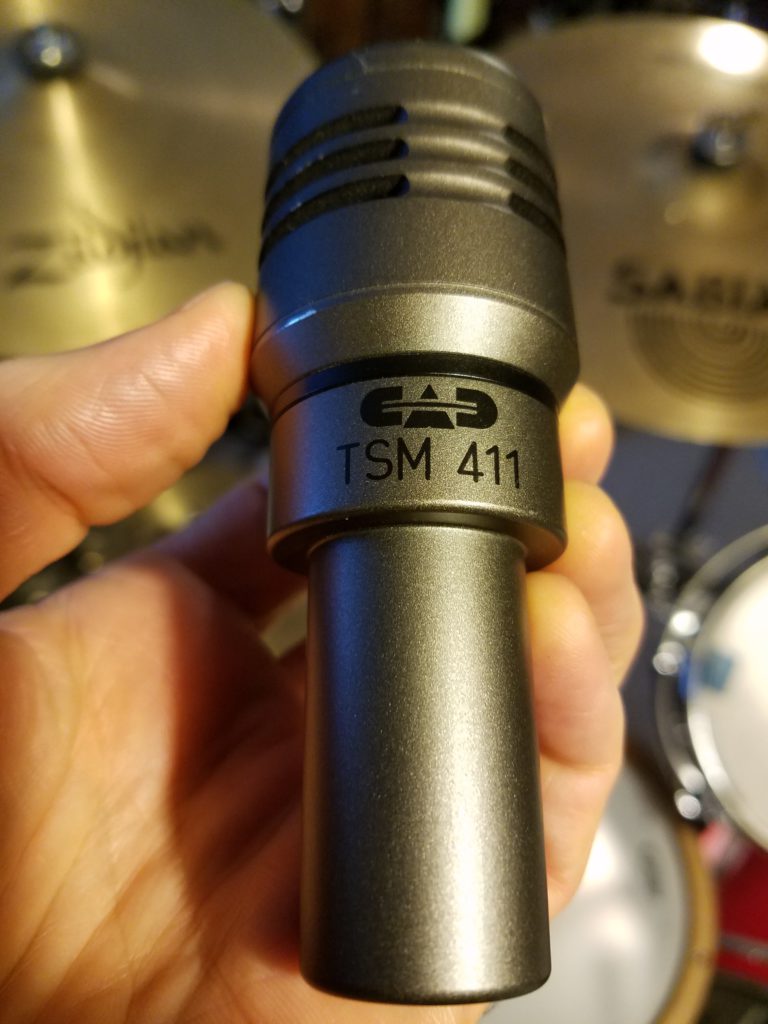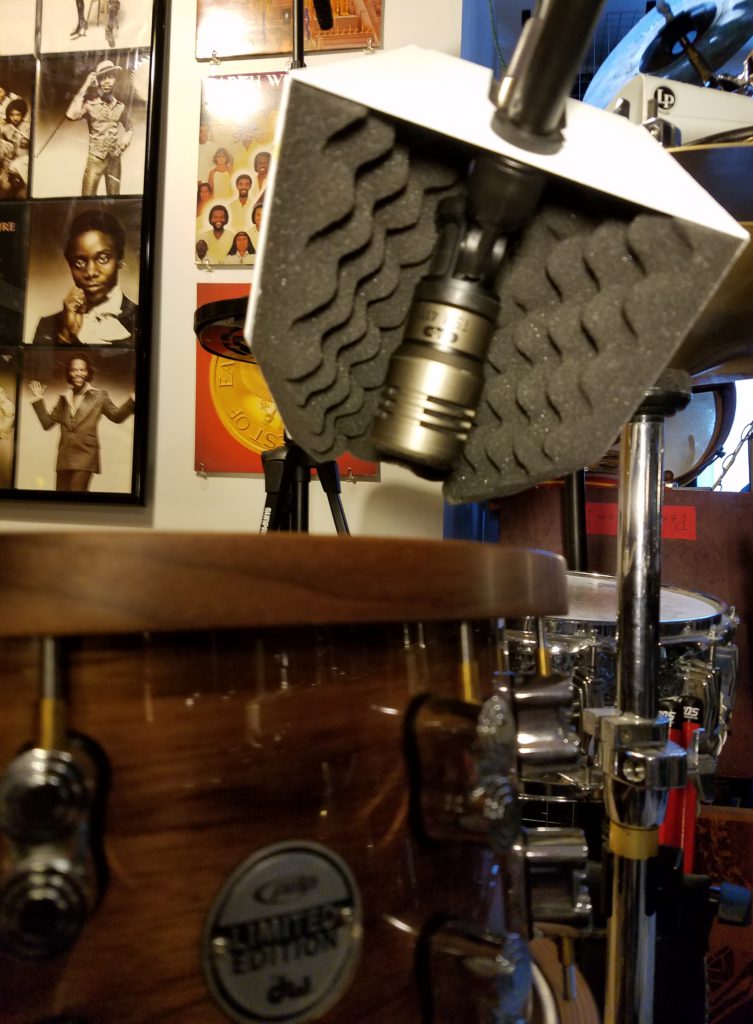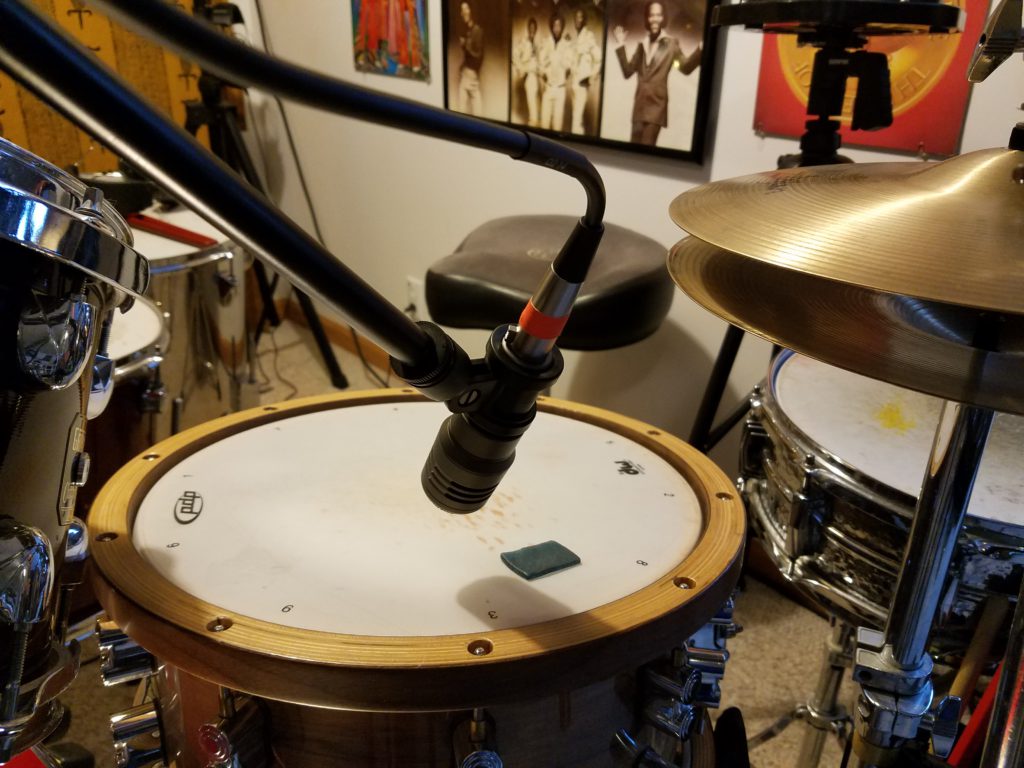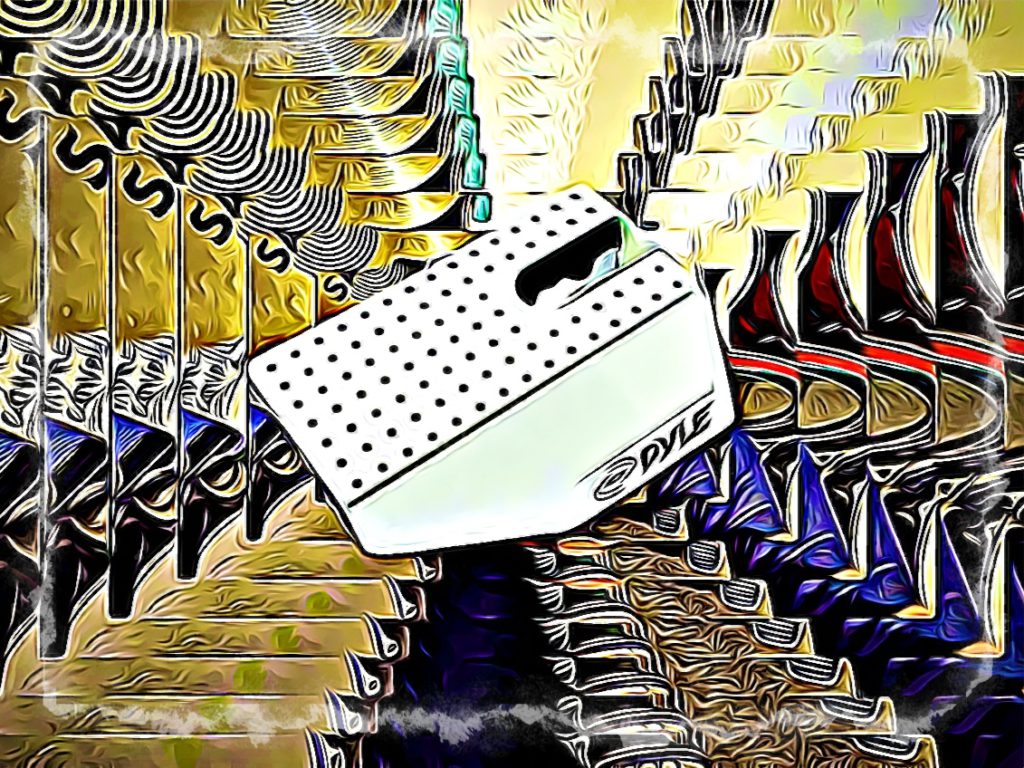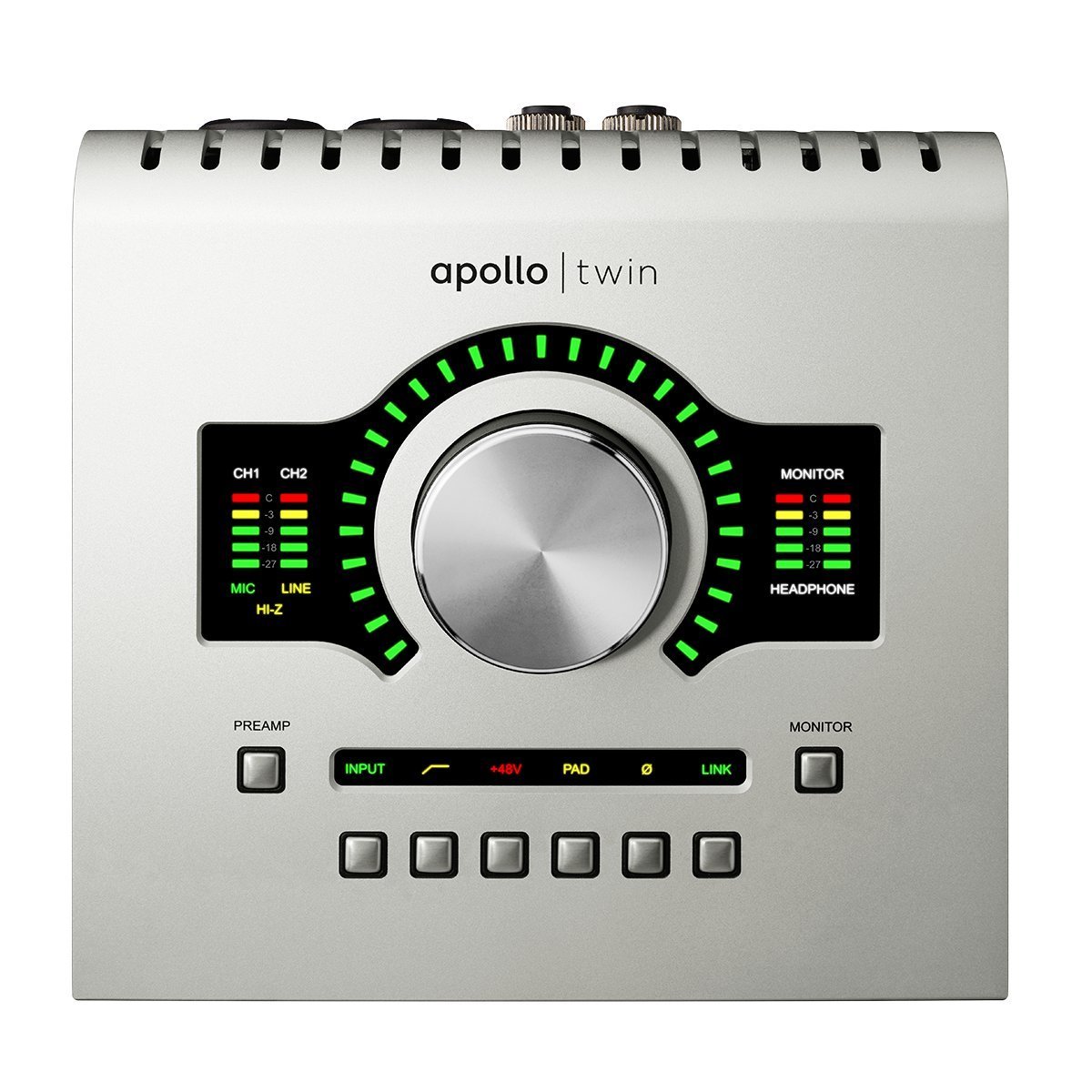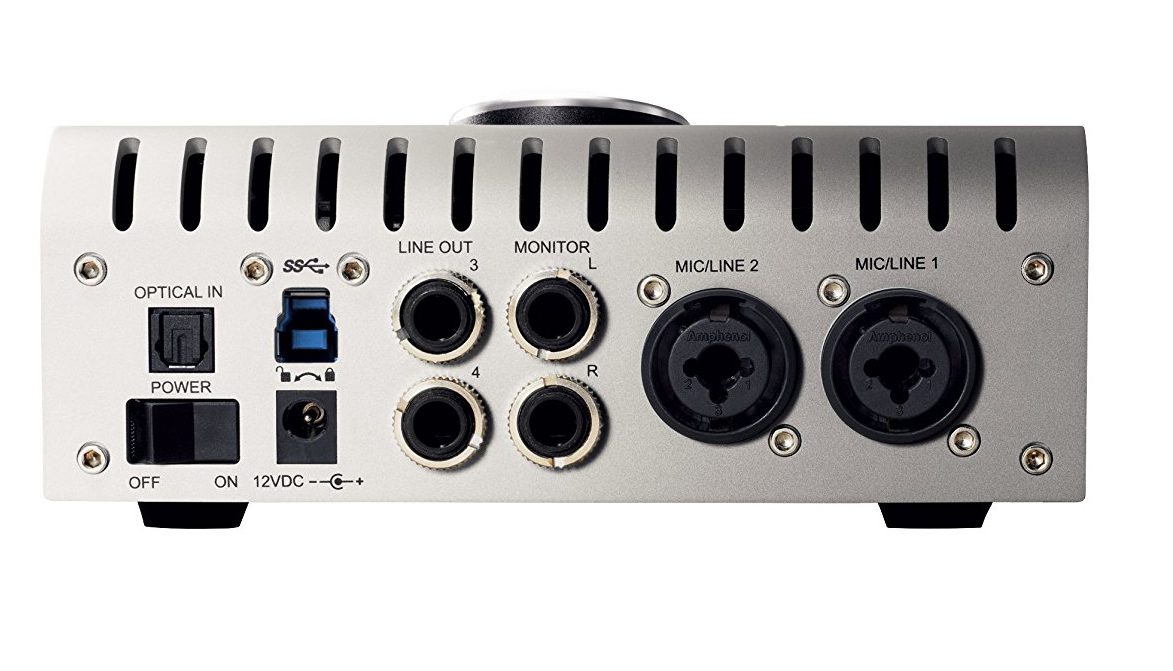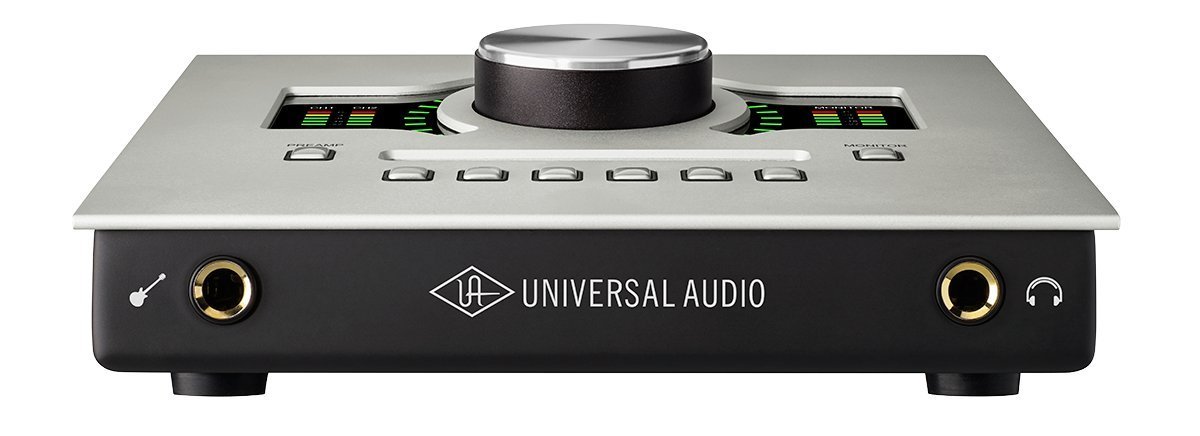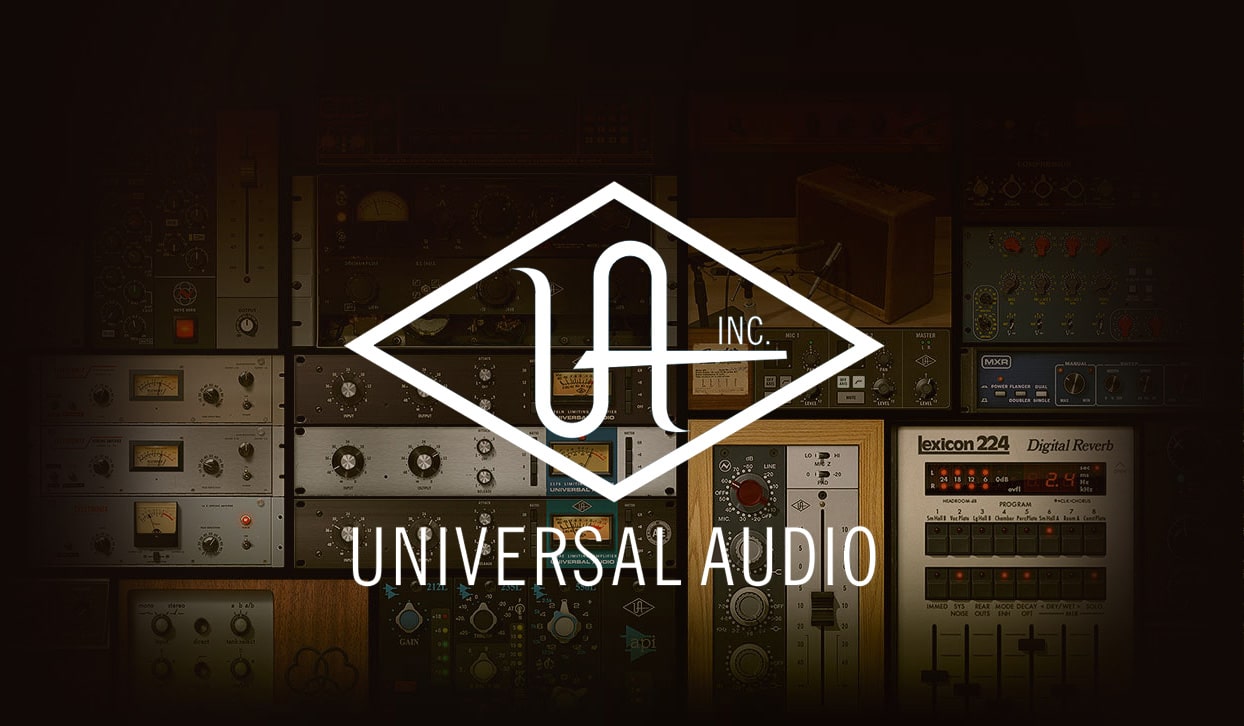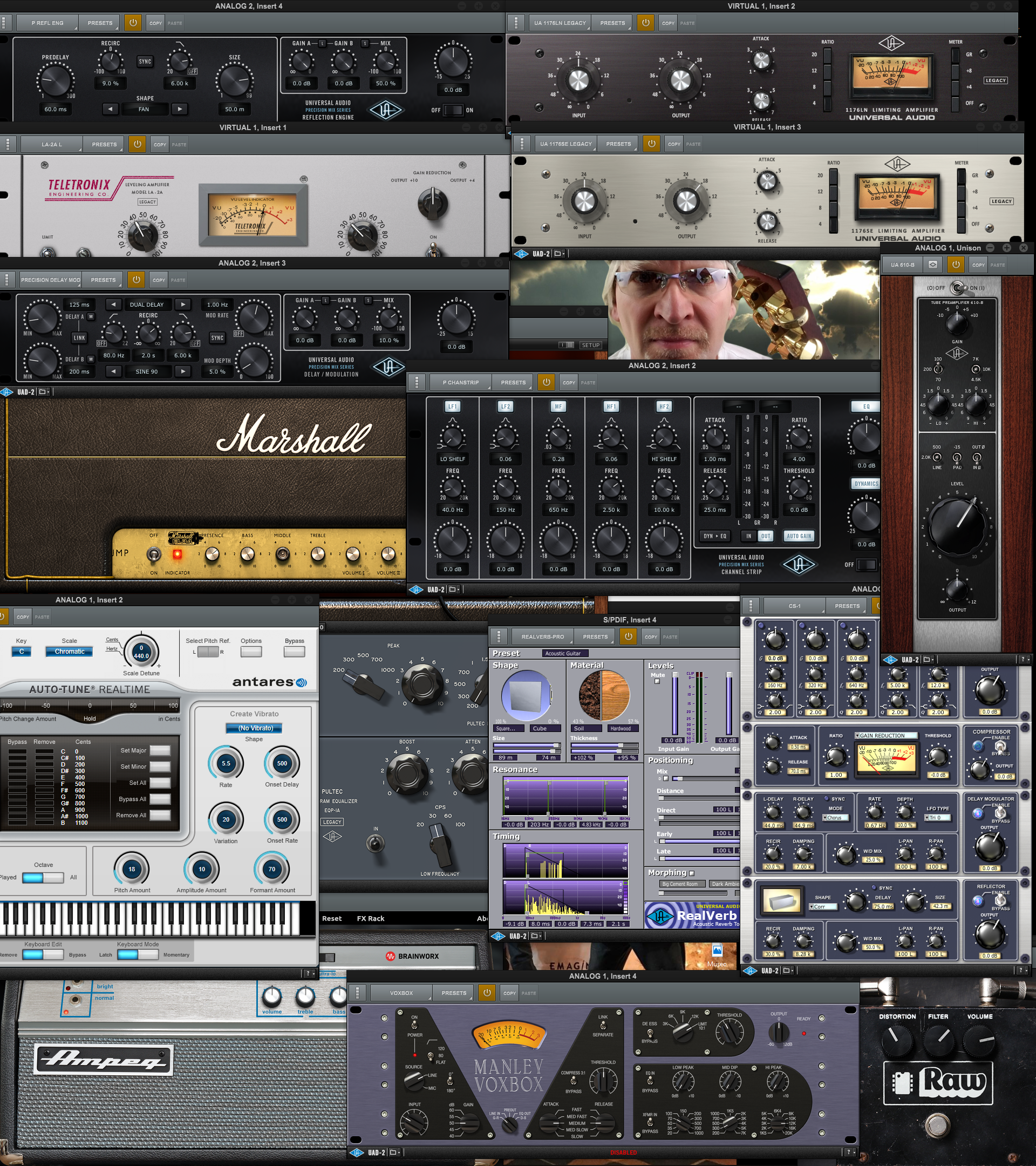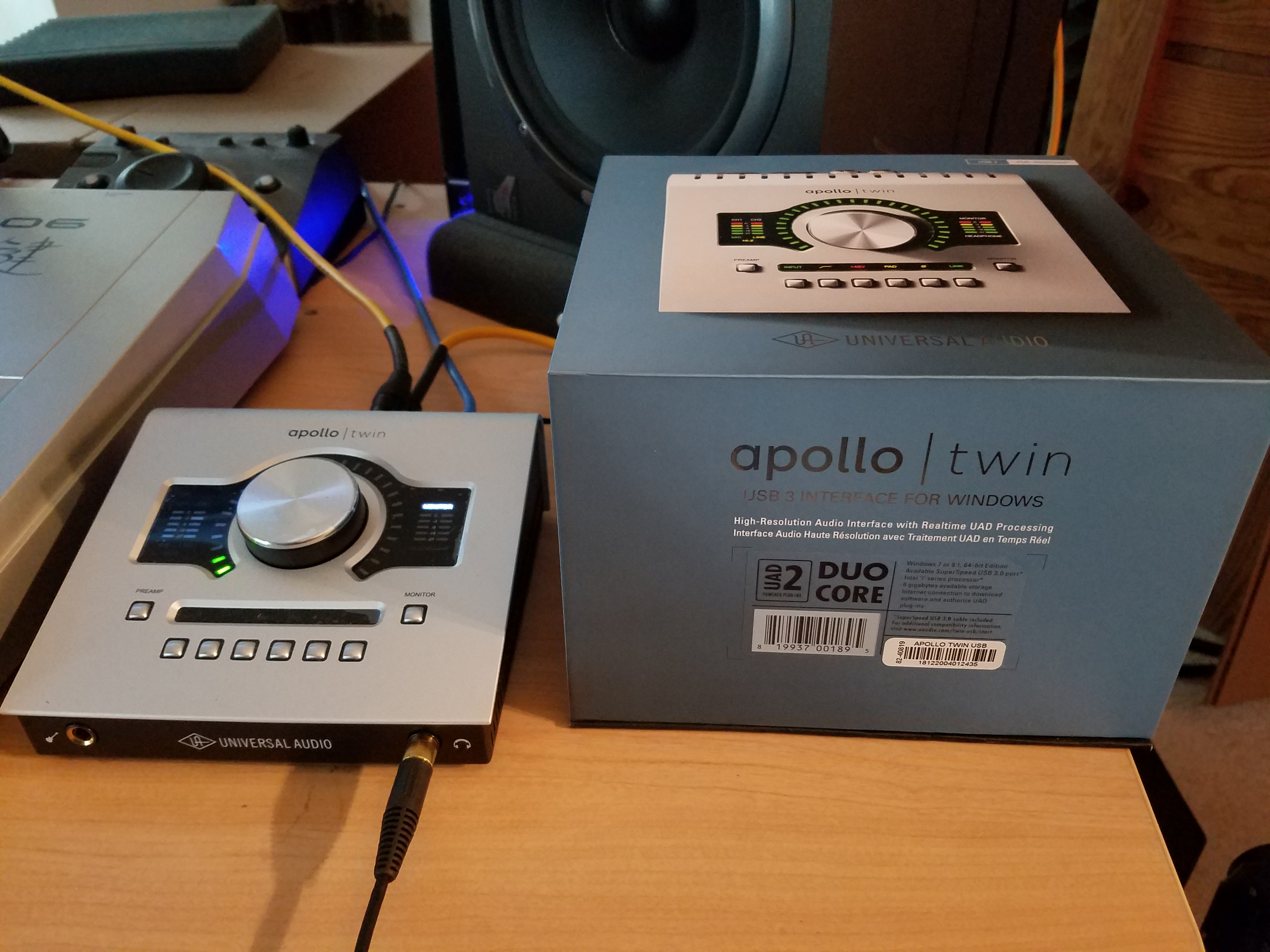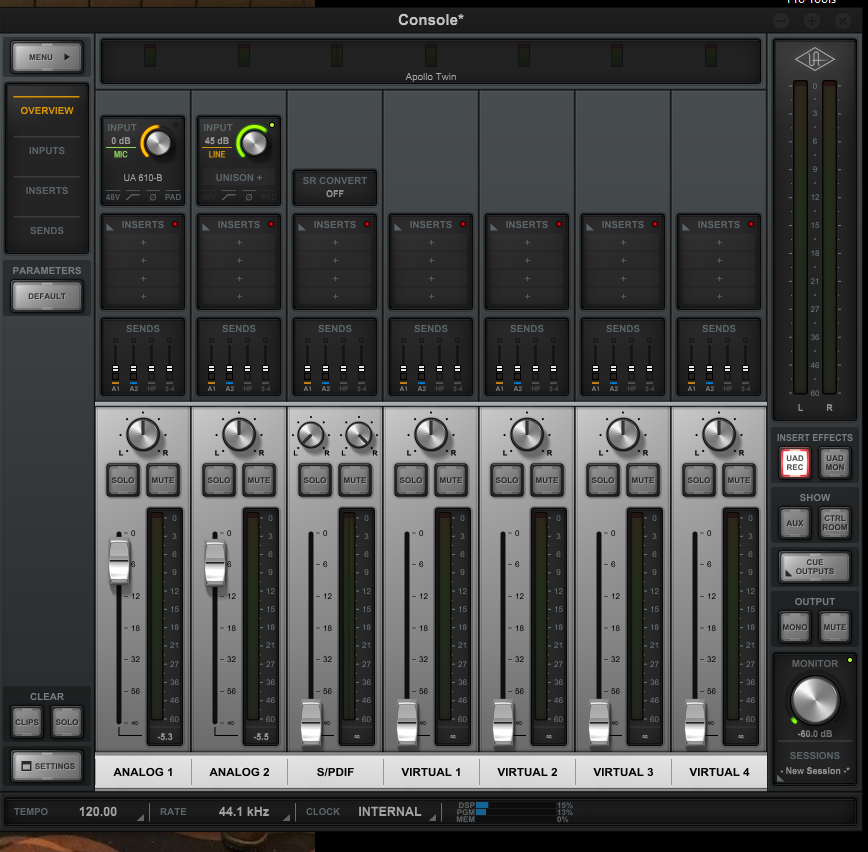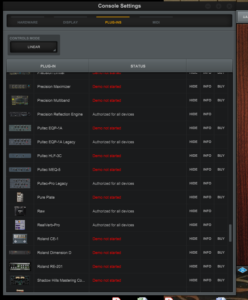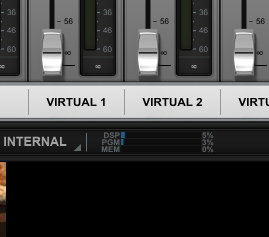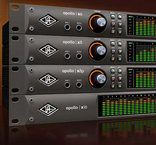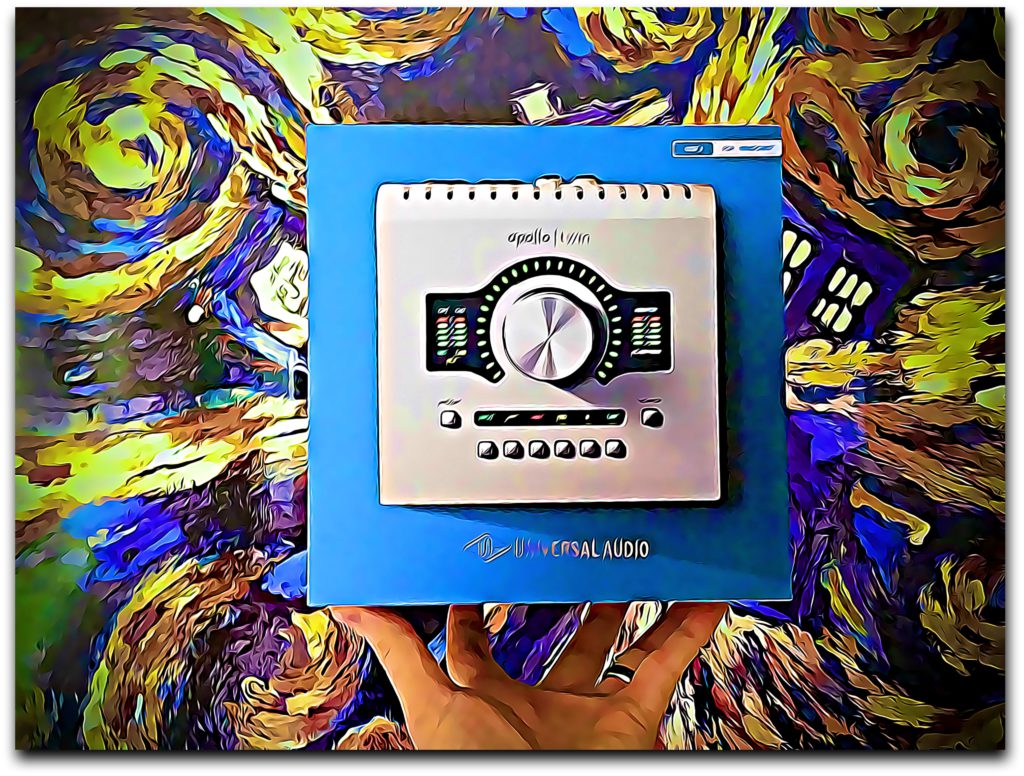The last album George Harrison ever produced was released in 2002.
It was released the year after his death. His son Dhani, and his good friend and fellow “Traveling Wilburys” member Jeff Lynn, produced the tracks George had almost finished before he passed.
It’s probably my favorite album he ever made.
The opening song of the album is also one of my all-time favorites. It’s titled “Any Road” and, with an energized ukulele backing track, George lays out this catchy earworm of a truism as only he could do, singing:
“If you don’t know where you’re going, any road will take you there.”
What does that have to do with reference tracks for mixing? So glad you asked… 😉
A Mix That Needs No Fix
Those of us producing recorded music know that the mixing stage of any song is crucial to get right.
The hard part is that “right” is a totally subjective goal, isn’t it? Who is the final arbiter who judges that one mix is better than another?? Who’s to say “where we’re going”??
US, of course! That judge is ourselves, so we gotta do the best we can to work out a final mix that will impress not only us, but all others who hear it. So before we start, we need to have our destination in mind. We need a good idea of where “there” is… what a solid, polished, impressive mix is.
One helpful aid towards this end is having outstanding audio tracks at the ready that will help tune our ears to the parameters of aural excellence. It’s setting an auditory goal up to our senses – something to shoot for, to compare against.
James Cameron, the extremely trail-blazing director, said, “If you set your goals ridiculously high and it’s a failure, you will fail above everyone else’s success.”
This is why we listen, deliberately, to the most awesome reference tracks we can: to boost our sense and understanding of what makes up a superior recording, to take our recordings to their highest heights, and to produce, as much as it is within our power, captured music and performances that would make our Engineer/Producer/Artist heroes… proud.
It’s all about, as George alluded, knowing where you’re goin’… and then stayin’ the course.
“Because Your Mix, Your Mix, is On My List… !”
There are lots of lists of “Best Audiophile Albums” on the Web. Some albums almost always make these lists, since they’re counted as among the best mixes in recorded music history.
Today, though, I wanna share with you the albums that I use to get my ears and brain in that “Genius Zone”. Some are the “winners” that you find on the Web lists. Others? They’re not on any list that I can find… but they sure are on mine! And shall remain so. They’re that good.
A lot of choosing tunes for mixing reference is answering the question, “What tracks to I really, really know super-duper-well? So well that there’s not an instrument or sound in the mix that I haven’t noticed or considered before?”
If you listen to a song off of one of your favorite albums, that was done by esteemed producers and engineers who lived in, worked in and achieved greatness with their hands and ears, then it sets you up to be in an optimized state of readiness to do the same yourself.
And who wouldn’t want that?!
Is using reference tracks for mixing something only beginners do? Not in the slightest! There’s plenty of pros that still prepare their ears for mixing by reminding them what “amazing” sounds like.
To that point, let me share a telling studio moment with you…
Jumpin’ Jack Flash!
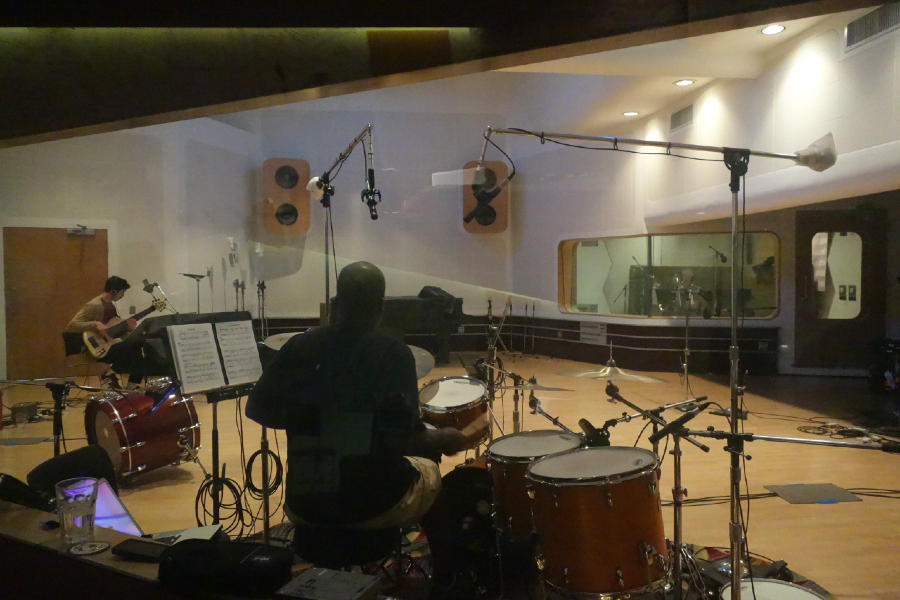
While pursuing my bachelor’s degree at Cal State Northridge, I worked afternoons and nights at a great recording studio in North Hollywood called “Bill Schnee Studio“.
I witnessed many recording “stars” and incredible bands lay down tracks there (including the Yellowjackets, as you see to the right) and, of course, set up hundreds of mics for the rhythm section sessions that helped propel them into further acclaim.
Well,… usually. lol
I also got to meet many top producers, and took in how they worked: their methods, their idiosyncrasies, their inspirations, their pet peeves. That is truly an education in itself, let me tell you!
One year, we all had the privilege of working with Jack Joseph Puig, a young upstart of a producer who had just finished an Elton John record when he came into our studio with audio guns blazing.
The record he was hired for was Russ Taff‘s fifth album, eponymously entitled “Russ Taff”.
If you’ve never heard Russ Taff wail before, you are truly missing out on vocal that are among the best I’ve EVER heard, in any genre, on any record.
Do yourself a service and stop what you doing, go to YouTube and check this tune we recorded during those sessions called “Shake”:
One Saturday morning during these sessions, I came into work early and heard the muffled sounds of the Beatles “Revolution #9” being played, uh… quite loudly in the control room.
I walked over to the big, heavy, thick, carpeted control room door, swung it open and found Jack Joseph with a beaming smile on his face, incredibly animated and jamming along with the song blaring out of the Yamaha NS10 monitors (anyone still using those puppies??!) louder than I’ve ever heard anyone monitor anything…. EVER!!
When I asked him what he was doing he simply said he was getting ready for the days’ work. I immediately understood what he was saying.
It’s like what I say now about mixing: “You gotta hear the good stuff… to hear the good stuff!”
What I mean by that is, if you have trained your ear by:
- through quality monitor speakers that you mix with
- in a properly sound-balanced Control Room setting
- with focused concentration and soulish convergence
… if you do those things, then (and probably only then) will your ears recognize the right tonal paths to take, as well as knowing when a mix is finished, which is a skill all its own.
Alright, so now that we’ve gone through the many reasons why mix reference tracks can rock our products and our listener’s ears, let’s get to some examples…
The following albums and songs have helped me time and again to achieve great mixes… to ascend the Holy Mountain of Sound, and bring forth to all people… glimpses of audio divinity!
Let’s see if you use any of the same ones that I do…
John Mayer, “Battle Studies”
 This fourth album from John released in 2009 is arguably his best-mixed work. If I’m ever wanting a modern-sounding, youthful Pop mix, I’ll turn to this collection of songs.
This fourth album from John released in 2009 is arguably his best-mixed work. If I’m ever wanting a modern-sounding, youthful Pop mix, I’ll turn to this collection of songs.
The drums on this particular album tend to be pretty front in the mix, so take that into consideration. If you’re working on a project where drums aren’t as sonically relevant, then choose something else.
My number one song from mix reference on this album? The last tune: “Friends, Lovers or Nothing“. It’s a fantastically well-written song with quite an overt Beatles flavor, believe it or not. It’s pretty atypical for John, but it’s a clear mix winner on this album.
My number to pick is usually “Edge of Desire“. It’s the more familiar John Mayer sound, and also a more typical pop production and arrangement.
Alan Parsons, “Try Anything Once”
I’ve been a huge Alan Parsons fan since high school. This man has the Midas touch of gold when it comes to audio.
In case you don’t know, this is the guy who not only was part of the “Abbey Road” sessions for the Beatles, he also engineered the “Dark Side of the Moon” album for Pink Floyd, a feat which has brought him unending, undying fame and appreciation the world over. He is one of the most esteemed producers of the past generations.
In short, the man knows what he’s doing.
Interestingly, this album probably got less attention and marketing than any album of his career. How ironic, then, that this album sounds better than anything he’s ever put out. It is stellar. It is awe-inspiring. It is the best of the best. The top of the tops.
If I could only pick one album to have for mix reference… it would be this one.
There’s honestly not a song on it that I wouldn’t use for reference. But because it’s a mixed collection of slow and fast, loud and soft songs, I’ll usually just pick a track similar to what I’m working on at the moment.
The best song off this album for mix prep to me is “I’m Talking to You“. The lead vocal was done by David Pack. Some of you might remember him from the band Ambrosia, as their lead singer.
Here on Alan’s record his vocals are as impressive as ever, and totally sit perfectly in with the progressive, yet singable, album vibe. David, in fact, co-wrote three of the songs on this album with Alan.
Parsons’ music has never been what most people would call “standard fare” for radio, but regardless of how progressive (some would just say ‘weird’) the songwriting is, the sonic clarity of this album is an apt target for anyone wanting to end up with an impressive modern song mix.
Rock solid production; depth; width; clarity; precision – it’s got it all in spades. It’s an incredibly captivating trip into a superior aural world.
If you’ve never heard this album, do yourself a favor and give it a listen. It just might become part of your mix reference track “must-haves”, as it has mine!
Peter Gabriel, “Up”
I’ve been a Peter Gabriel fan since his third album, which most people call “Security“. He gave no title to his first three albums, so people just kind of made up names to refer to them, usually based on how the album cover looked.
He achieved legendary fame and acclaim with his tour de force “So” album from 1986, but to me the album that has the best-sounding mix is the last original album he ever did in 2002, called “Up“.
These ten songs stun the brain with incredibly deft & skillful mix production. They’re mesmerizing.
And his choices of instrumentation? Unpredictable and fascinating.
Each song is chock-full of surprising little audio bits and ear candy that are interminably enthralling.
If ever there was a “headphone album”, this is it!
The song that gets my ears ready for mixing from this collection is “More Than This“. His creativity, especially with unexpected yet complementary noises, is, I think, unequaled in our industry, and it’s very shown overtly in this song.
It’s said that he takes years to complete an album, being maddeningly patient with his progeny, rarely satisfied with what he comes up with first. This album definitely shows that penchant for slow-moving, high-bar perfection.
My second song choice for prepping mixing ears would be “Growing Up“. It’s a fantastic tune that has beguiling layers of embracing sounds and scintillating ear candy that never stops drawing you in. It’s like an ever-moving carnival for your brain!
Like the Alan Parsons record, I wouldn’t use this one for a standard Pop mix, but if the artist I’m working with is at all off-the-beaten-path, I would use these tunes for sonically appropriate inspiration.
Ed Sheeran, “Divide”
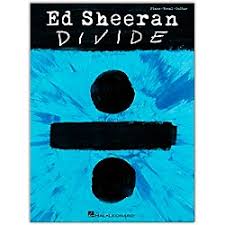 Ed Sheeran is doing a great job of putting the “singer-songwriter” vibe back on the map again. His cute “boy-next-door” demeanor, energetic yet romantic vocals, and high-quality mixes have the girls lining up around the block and audio engineers nodding their heads in appreciation.
Ed Sheeran is doing a great job of putting the “singer-songwriter” vibe back on the map again. His cute “boy-next-door” demeanor, energetic yet romantic vocals, and high-quality mixes have the girls lining up around the block and audio engineers nodding their heads in appreciation.
Much of the time my own music is very much like Ed’s. I do a lot of writing on the acoustic guitar, and perform many solo gigs with just a piano and guitar.
For that reason, the song “Happier” is one of my favorites to play before mix time, especially if I’m mixing one of my own tunes. The vocal track is SOOOOO full and rich… perhaps more up front in the mix that I’ve ever heard a vocal before! But that’s part of his sound.. and it’s a sound that’s selling.
Obviously!
If I’m readying for a more full-band mix, then I choose the song right after that one called “New Man“. The drums are more loop-based, and the overall approach of the mix is more of a Pop/Hip-Hop hybrid.
If you haven’t picked this one up yet, give Ed’s new album a listen. Even from the engineering standpoint, he’s done a great job. And as you can tell from the Billboard charts… the songs aren’t half-bad either. lol
Van Halen, “1984”
So anyone that’s been on Seriousgas.com long enough knows that I’ve admired, respected and learned a ton from Edward Van Halen.
His are the first electric guitar songs I ever learned, and everyone can still hear him duck & cover whenever I pick up an electric to wail on a solo.
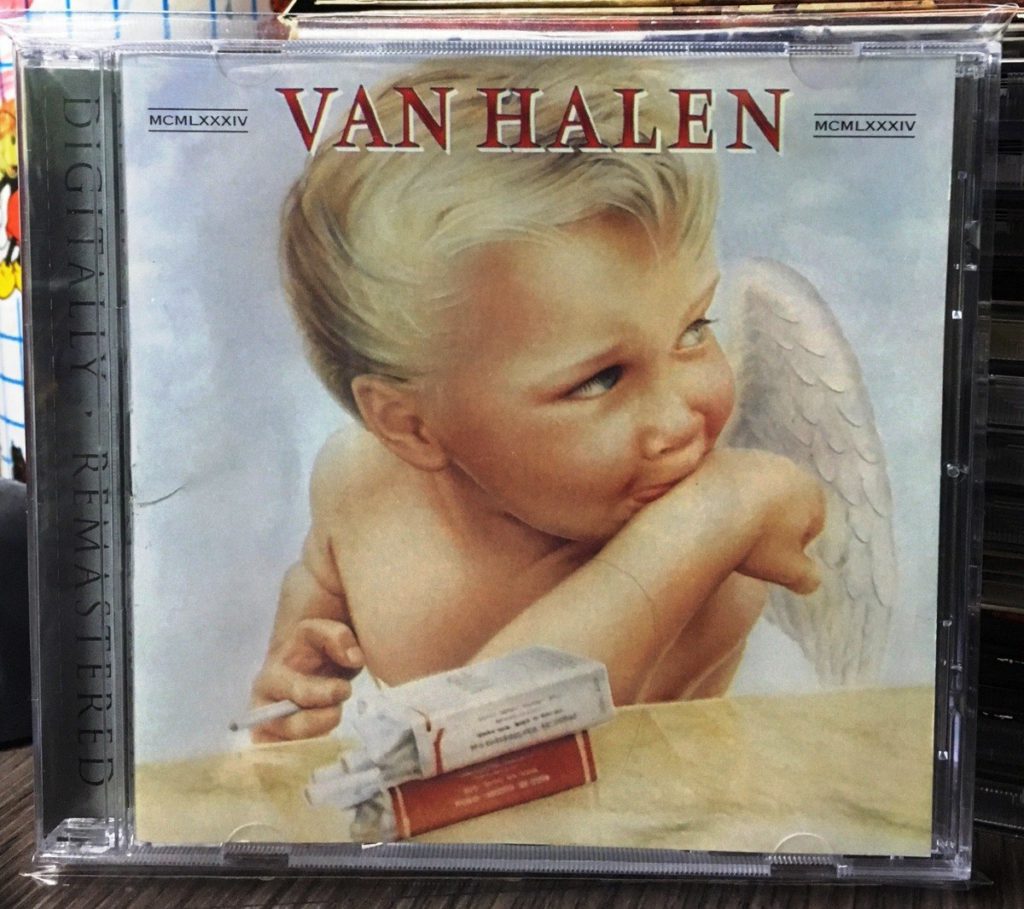
If I’m doing a hard rockin’ album, I don’t think you can get better than “1984“.
Crisp, in-your-face guitar; pounding drums that demand to be noticed; thump-you-over-the-head bass, and, of course, Diamond Dave’s primal tribal scream-laden vocals that just ooze with attitude and cock-of-the-walk Rock-God confidence!
The song that always gets me ready to mix a Rock tune? “Panama“!! What a killer pinnacle of rock pop excellence! I mean, dude… can there BE any better of a Rock mix??!!! I don’t think so!
There’s a reason it’s still played to death this day on the radio, folks. Spin this one and you will have a worthy ear goal to shoot for.
A close second to “Panama” to me is the album cut called “Top Jimmy“. I like it for mix reference because it has loud and soft sections throughout the song, so it really showcases a band that knows how to work dynamics, and a producer and engineer who know how to show it off in the mix.
As an aside here, I almost included Van Halen’s follow-up album to “1984” – the record that had Sammy Hagar joining the band when Dave left, called “5150“. That album also has really good mixes.
But since it was done in the mid-80s, I find the thick layers of reverb and effects that were prevalent at that time to be a little much. I don’t think they stand the test of time as well, so for that reason “1984” wins the day.
All around the block, the kids wanna rock!! And when they do, I pop this remastered CD into the tray! Pure Rock gold!!
Chagall Guevera, “Chagall Guevera”
Okay, so… I’m betting 99 out of 100 of you have never heard of this band before. Am I right??
Well, let’s change your fate right now, ‘cuz I’m tellin’ ya… this is a sonic masterpiece of Rock/Pop!
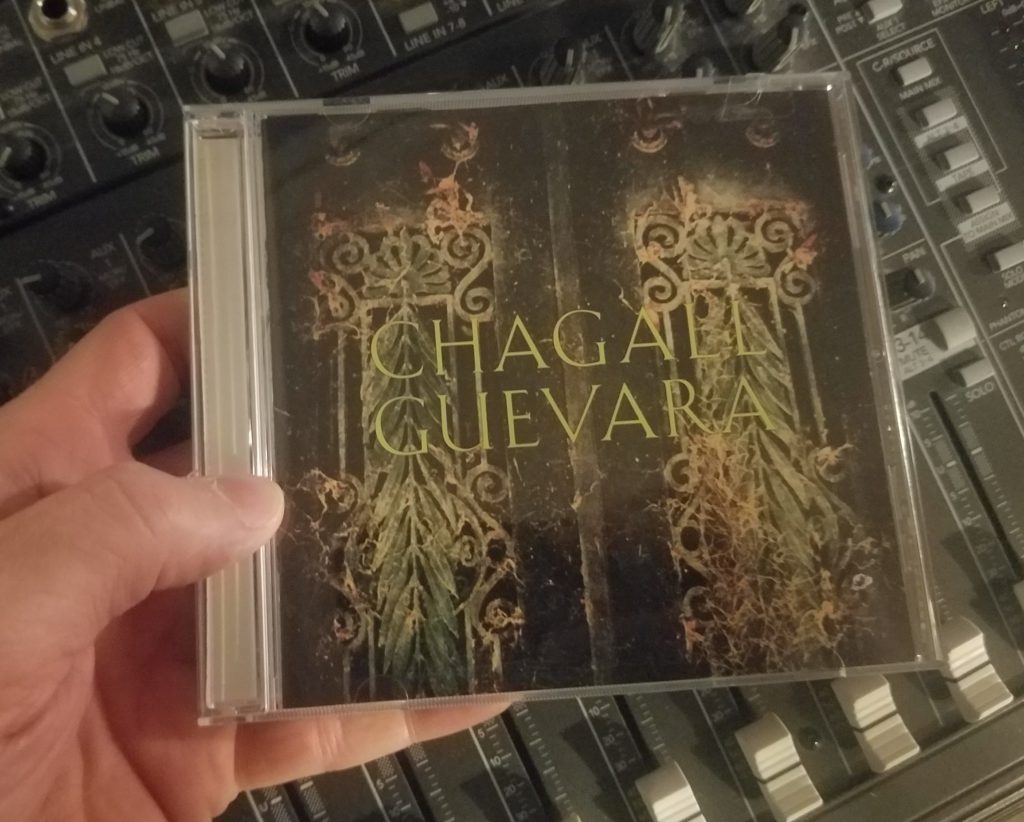 Matt Wallace, a renowned engineer and producer who’s come to fame via his work with Maroon 5 and Faith No More mixed this record, and it is a rare treasure.
Matt Wallace, a renowned engineer and producer who’s come to fame via his work with Maroon 5 and Faith No More mixed this record, and it is a rare treasure.
Hardly anyone knows about this band since it only had this one record and was hardly marketed at all when it came out.
Don’t let that deter you, though, from giving this a listen. It’s extraordinary. The level of professionalism from writing all the way through to Bob Ludwig mastering it with his deft hands & ears is truly outstanding.
One of my favorite things about this record is how the bass sounds. It actually sounds like a live bass guitar through an amp playing live right at you.
And the guitars?? OOOOOHHHHH, man!!
There’s also lots o’ horns on some cuts, thanks to “The Blind Willy Boner Brass”.
If you want the perfect mix reference for powerful, guitar-accented Pop/Rock, look no further. These mixes are so well-done, if I ever get close to them I’ll consider myself having reached my goal.
So go on… go listen to this album. You won’t regret it!
More Prisms of Audial Ecstasy!
Here are a few more stars in the sky of mix royalty. I use them if the style of the project I’m on is similar. Otherwise, I just like listening to them through my computer monitors… and pretending I just finished these mixes MYSELF!! lol
- Steely Dan, “Aja”
- Prince, “Sign O’ the Times”
- Dire Straits, “Brothers In Arms”
- Stevie Wonder, “Inner Visions”
- The Cars, “Candy-O”
- Michael Jackson, “Thriller”
And finally, here’s a one-off – a song, not an album, that I just love to play to energize me for a funky mix:
“Uptown Funk” by Mark Ronson. “Wait…”, you say, “That’s a Bruno Mars song!” Nope. It’s by Mark Ronson.
I know, I know… “Who’s HE???”
Mark’s a British record producer. He invited Mars to sing on this tune from his album called “Uptown Special“. That’s why, if you go looking for this song on one of Bruno’s albums, you won’t find it.
Miiiiiind bloooooown. 😉
But ohhhh, the energy! The clarity! It’s a bomb of a mix, people, and pumping it through my monitors before I sit down to work on a soul or funk tune… aw. it just puts me in the ZONE, my friends!
Can ya dig it?!! lol
A CD is a CD, is a CD, is a CD, is…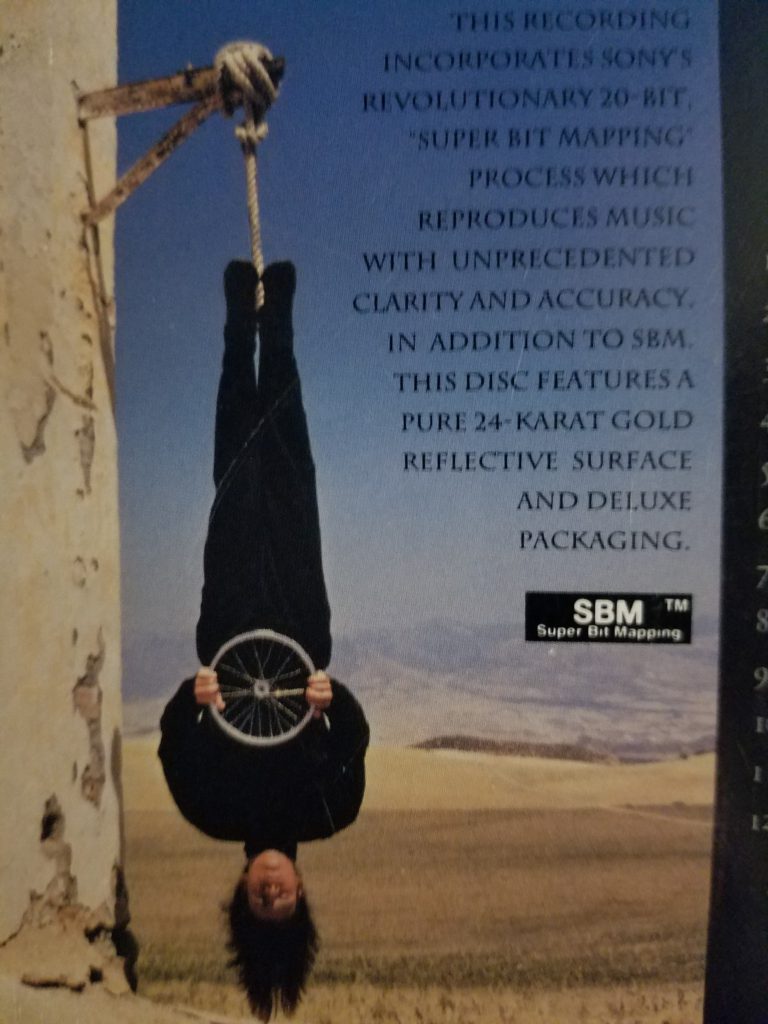
In case you’re not hip to it, there are “wayze deez dayze” of upgrading your music files to pro audiophile standards, getting a much better overall sound for your investment.
Investigate the options I regularly use below. They all, to some degree or another, improve the sound (usually in the form of observed dynamic range) of your favorite albums:
- ProStudioMasters – This website gives you high-resolution studio masters that they get directly from the record labels. Not every label will give them all the albums they want, so your selection is limited, but if you find one of your preferred reference mix albums on here, GET IT. I hear the difference from CDs clearly. You usually have your choice of these files types: uncompressed AIFF, DSD or lossless FLAC, in resolutions up to 384 kHz / 24-bit PCM and 11.2896 MHz / 1-bit DSD, all free of Digital Rights Management (DRM). To find out what albums they’ve managed to finagle away from the record companies, CLICK HERE.
- S.B.M. CDs – Super Bit Mapping is Sony’s method of delivering to you superior-to-CD high fidelity audio. CDs made with S.B.M. convert a 20-bit signal from a master recording into a 16-bit signal nearly without sound quality loss, using noise shaping to improve the signal-to-noise over the frequency bands most acutely perceived by human hearing. Find a long list of titles available under this format by clicking THIS LINK.
- SuperHiRez – Another great site with lots of titles to choose from. A further way to gratify the discerning audiophile with 96/24-bit quality, 192/24-bit quality, or even, in a few cases, 352/24-bit quality! Wow!! Cut loose and run audio wild at THIS SITE.
Your References, Please!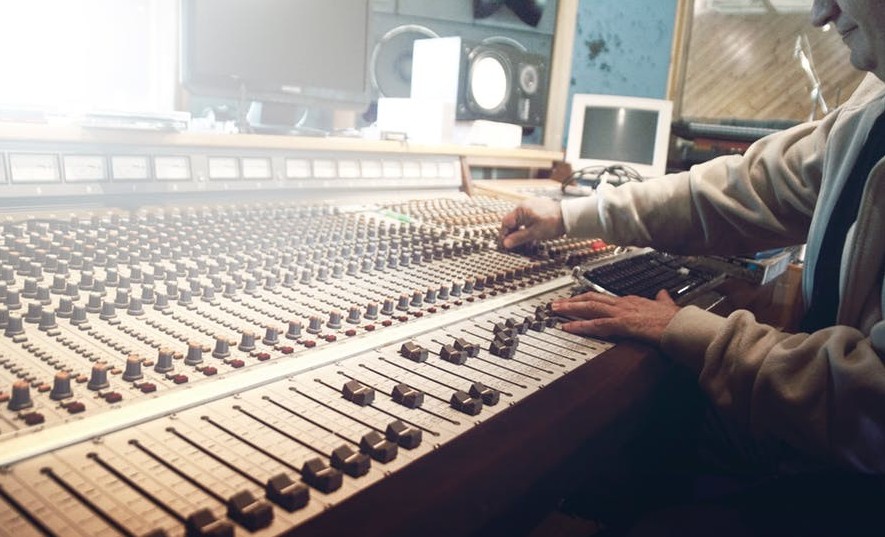
So how about you? Do you have favorite mix reference tracks?
Do you use the same ones, for all styles of music? Or do you choose different ones for different genres?
Let us know by leaving a comment. Who knows – maybe we’ll use your suggestion on tomorrow’s mix and be all the better for it!
Henry Ford said, “Getting ready is the secret to success.” I think we now have quite a few albums to get our engineer ears ready and “on the road” to recording success. I feel much better about taking on our latest hit songs, don’t you?!
So let’s do it. Let’s shoot for gold, platinum and beyond! Let’s go… make… sounds!!!
Teaj

